After arriving in San Pedro de Atacama, Chile it was time for a legitimate American/Canadian Thanksgiving dinner with Jenine, George, Mallary and Chris, complete with turkey, stuffing, potatoes, veggies, and wine. We all raised a glass and enjoyed each others’ company, as this would be the last time the six of us would all be together in one place in South America.
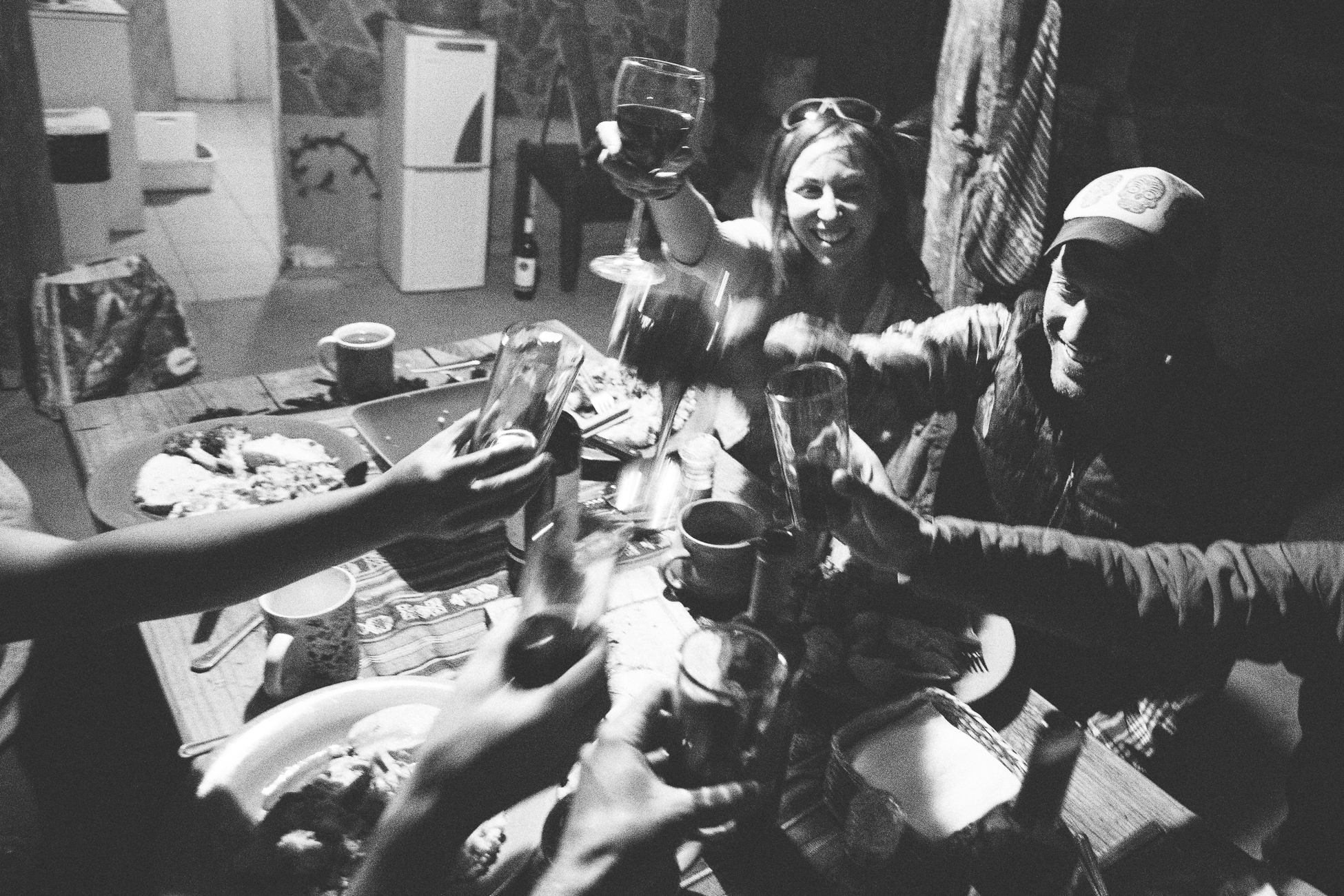
The town of San Pedro de Atacama was dry, dusty and packed with tourists. We spent a couple of days enjoying showers and a real grocery store (Jumbo! I found kale!) before heading once more to the frontera. Our next destination: Northern Argentina.
Our two day journey to the Argentinian border launched us back into Lagunas Circuit-esque scenery.

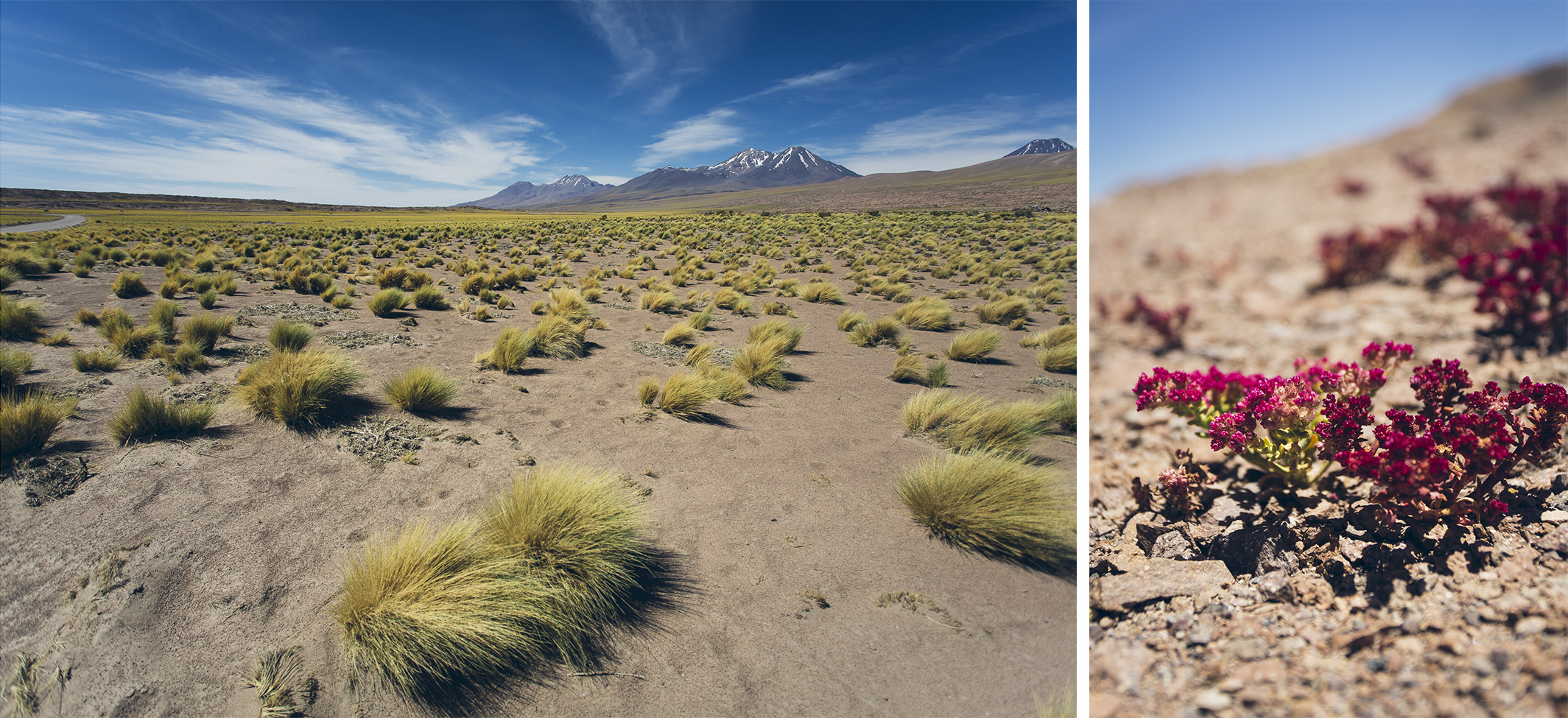
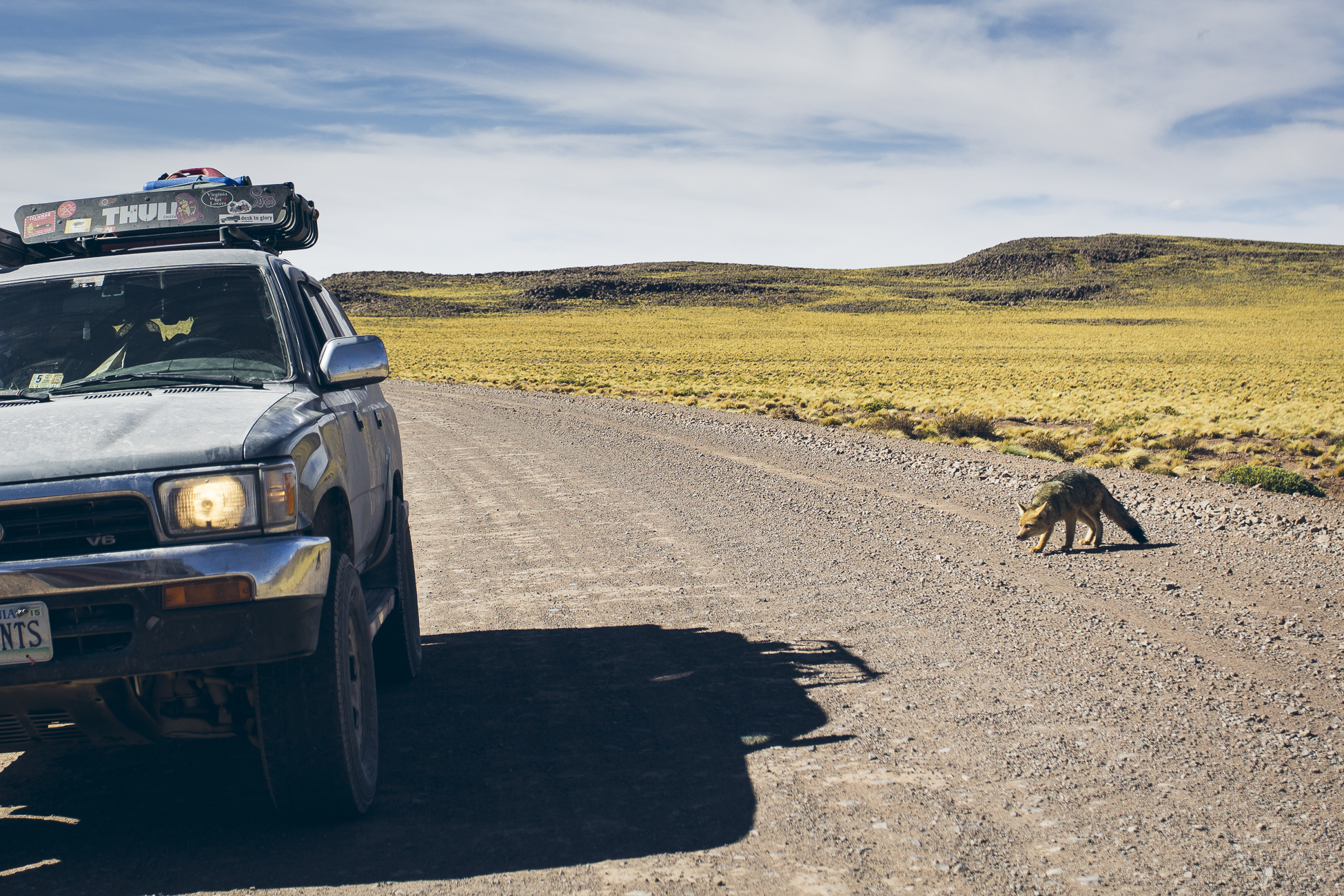

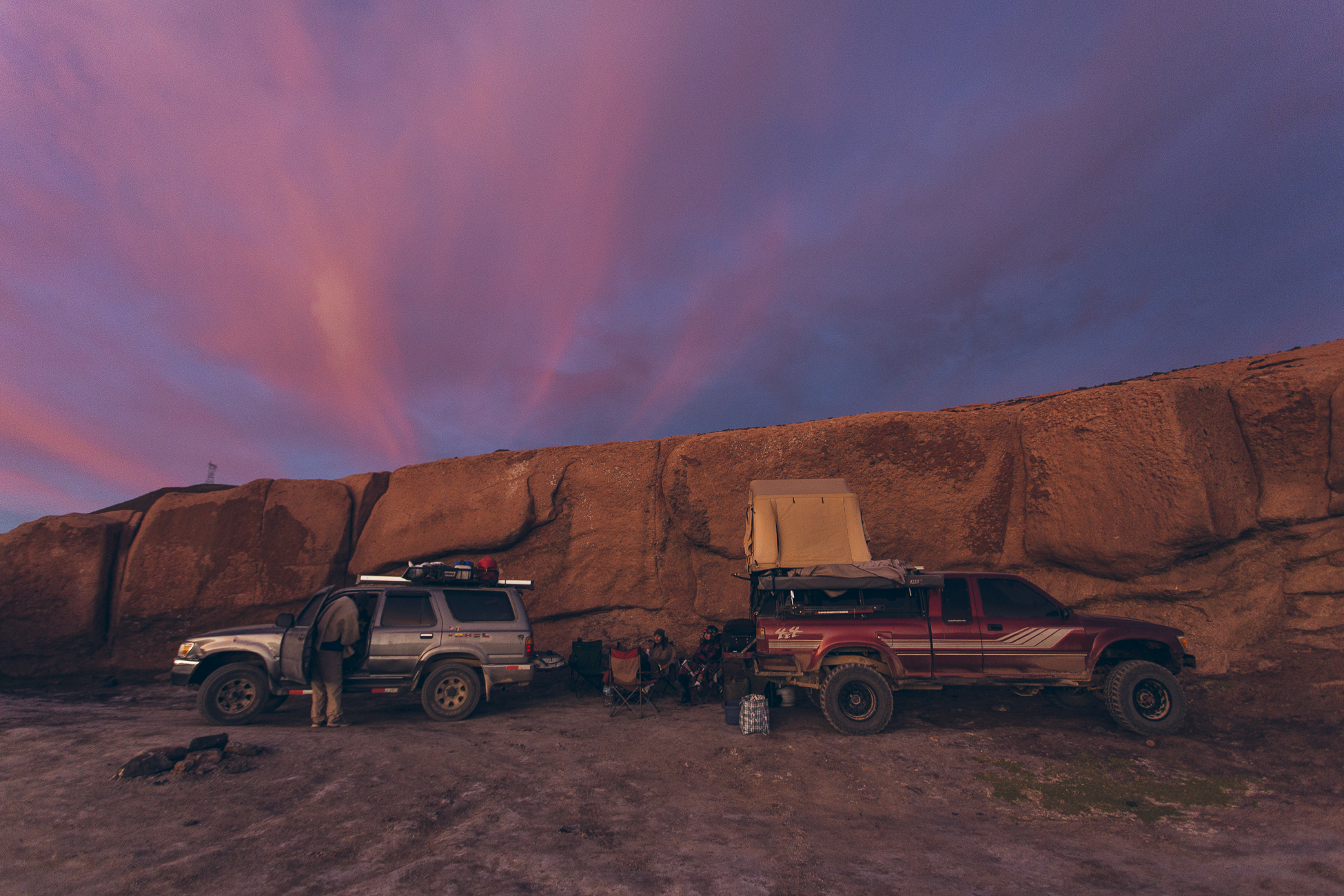

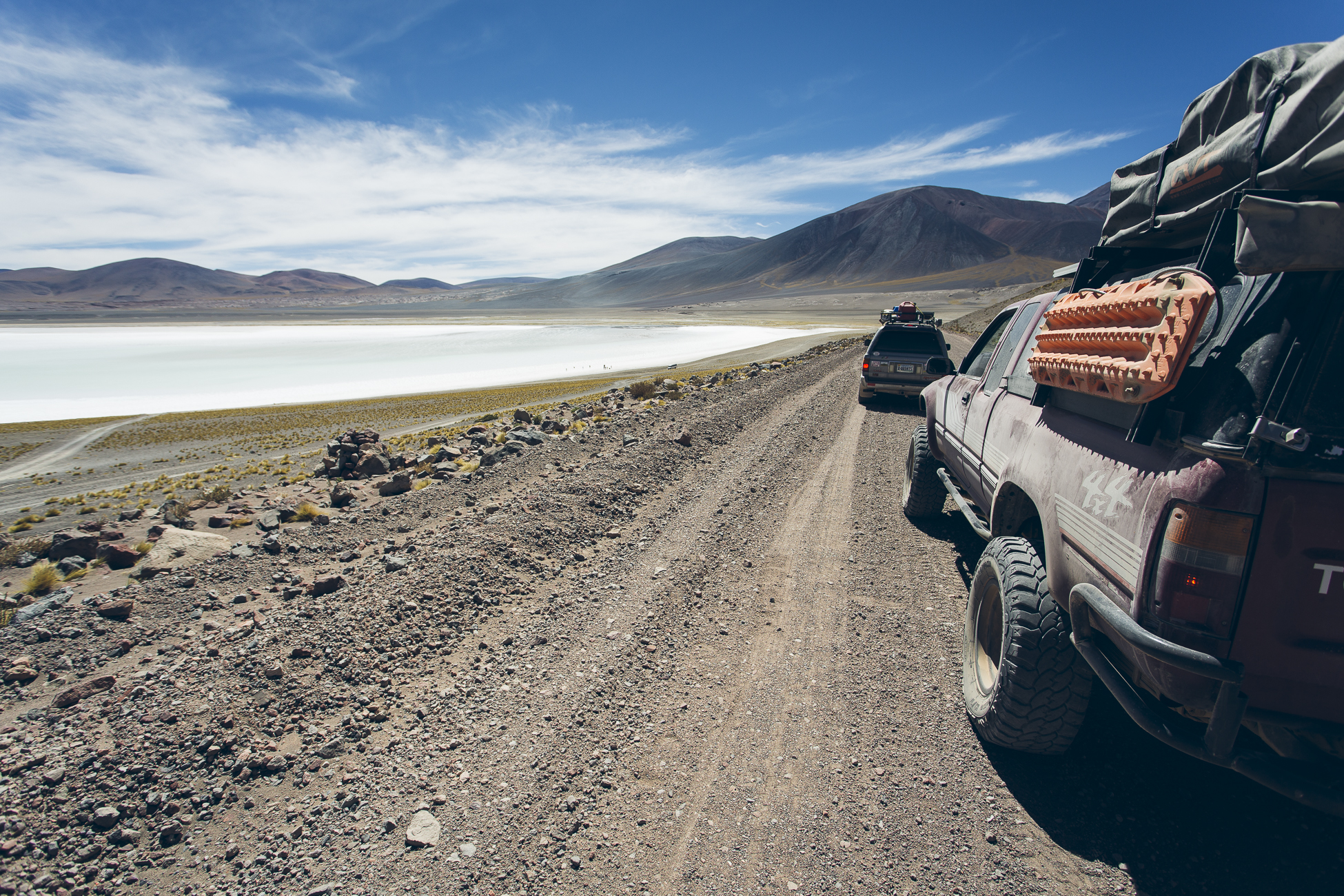
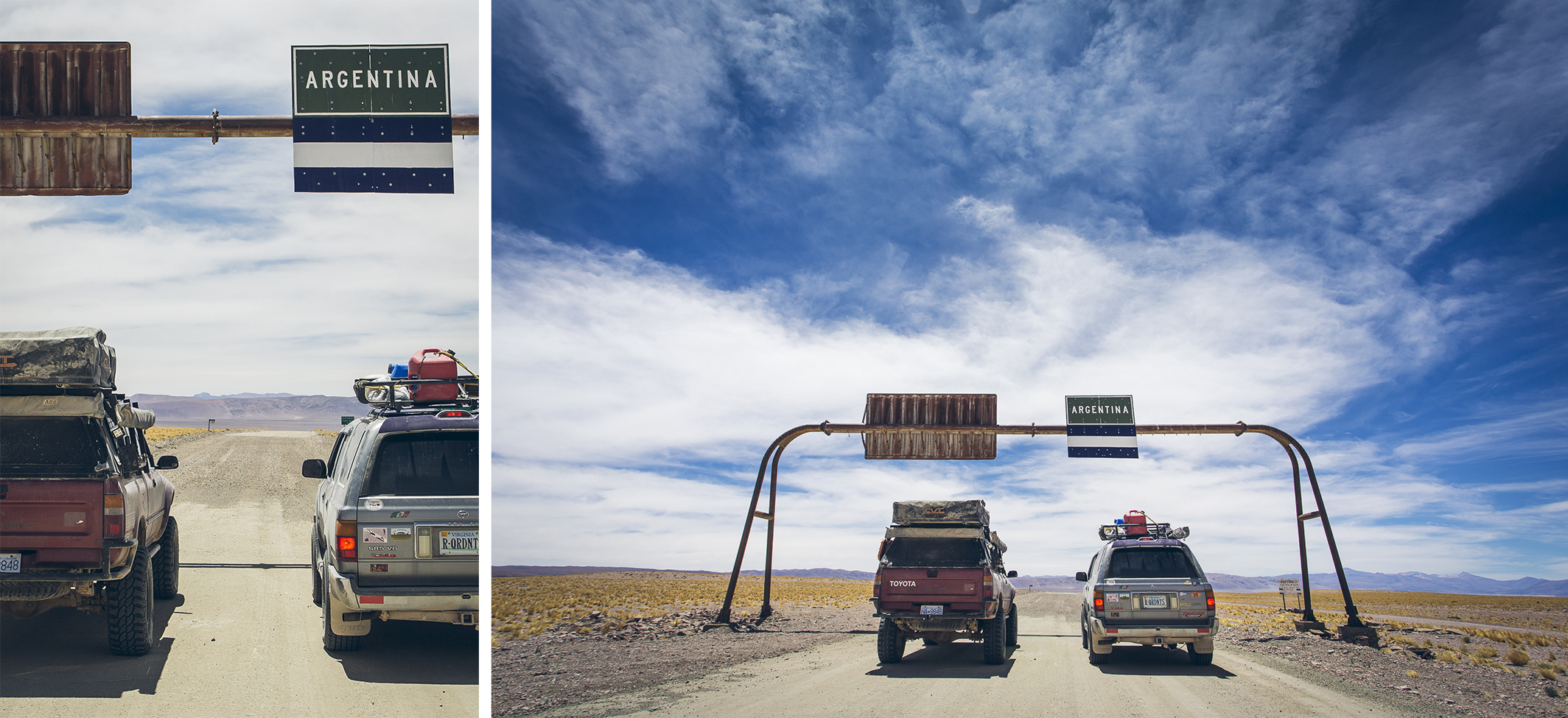
We knew that Chile was very strict about food control at the border, but Argentina took us by surprise. We spent a good hour or more parked at the aduana building cooking up a big lunch, hoping to use up our fresh fruits and vegetables that would be otherwise confiscated.
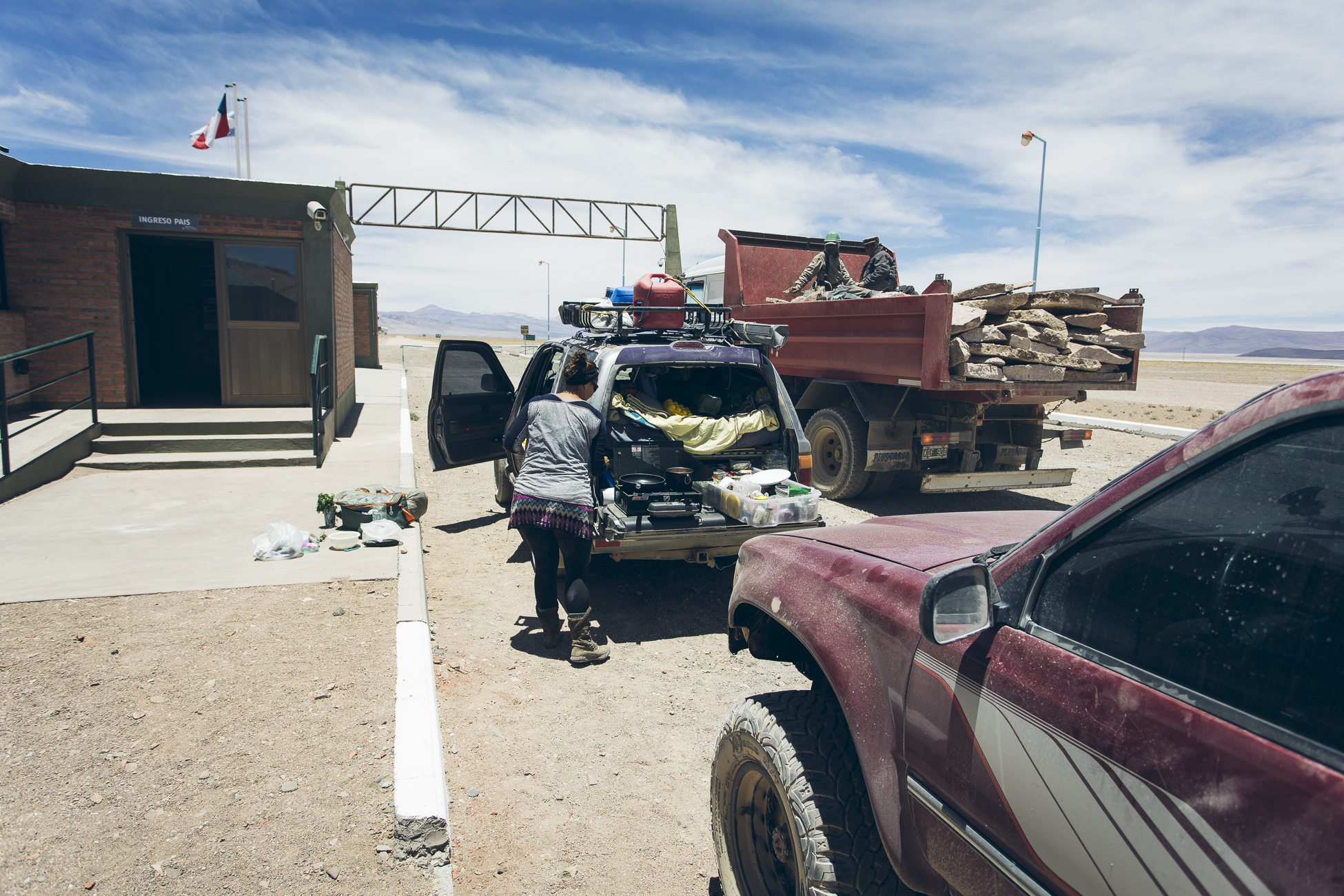
Fresh lemons were verboten, but apparently slicing them up and putting them in our water was okay. My tooth enamel is still feelin’ it!
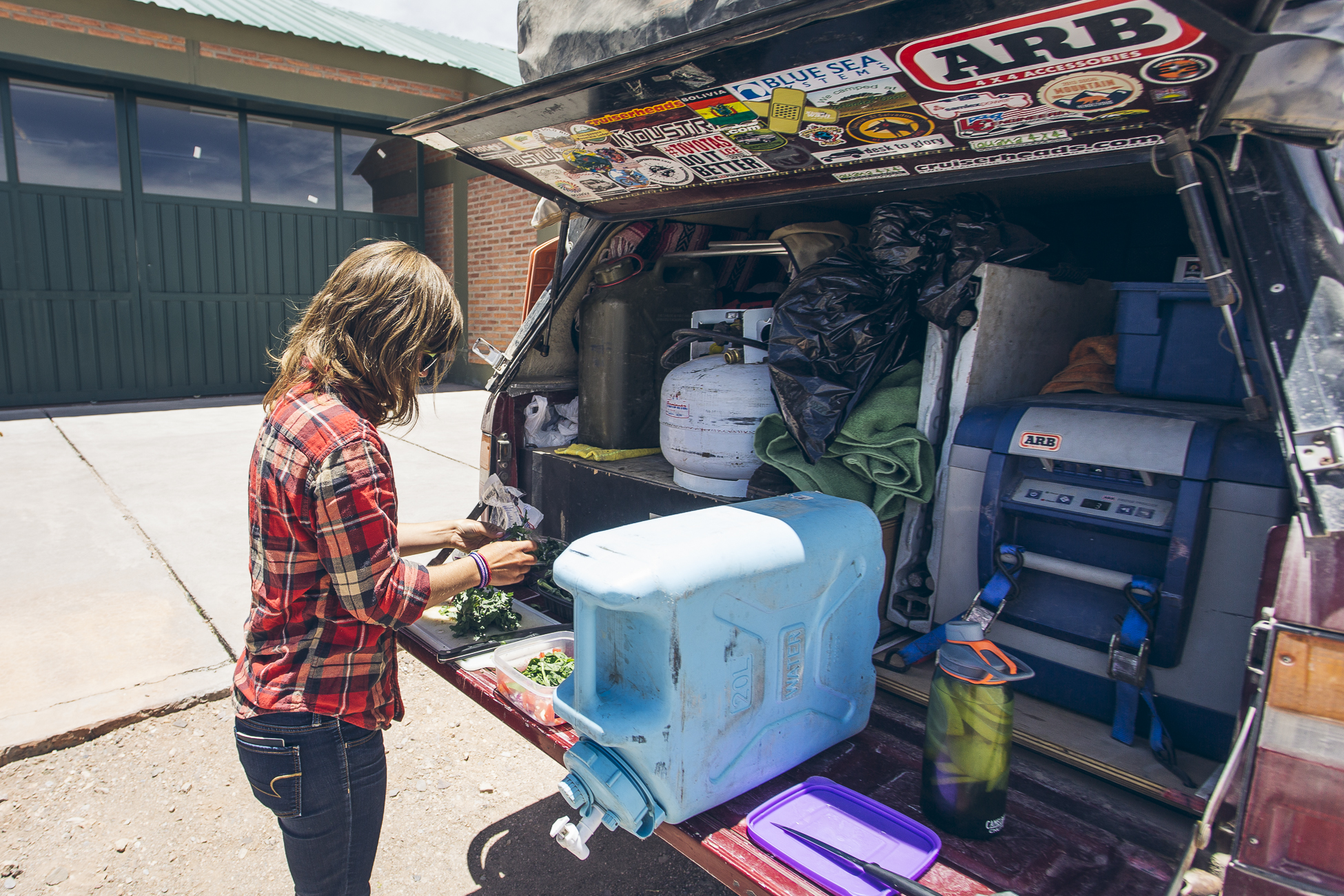
Salta was our first Argentinian city. It was a shock to drive on well-organized roads with traffic lights, see brand-new car dealerships and big box stores. The temperature increased and so did the humidity. We rolled into our first municipal campground, complete with barbecue pits, hot showers, and local gypsies practicing their slack-lining and making jewellery in the dusty tenting area. The price of the campsite introduced us to Argentinian municipal camping: $4 USD per person per night.

We spent one full day in Salta, discovering its redeeming qualities: the Hipermercado where we picked up groceries, hot empanadas and Salta beer, rich and delicious ice cream (so cheap and delicious that Richard had to get THREE scoops… and subsequently forgot to take a photo), the lush green landscaped main square, and most importantly, the blue dollar market.
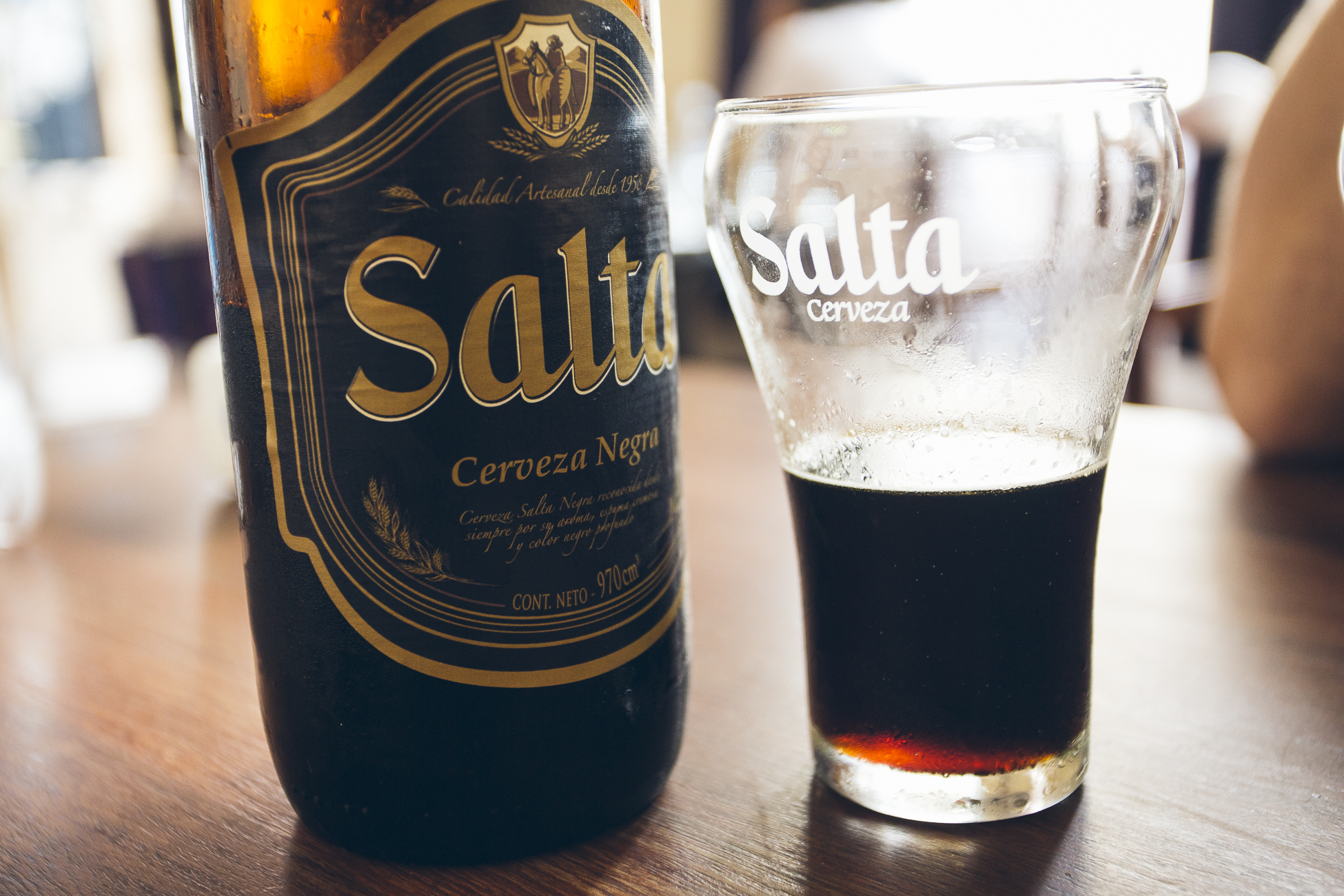
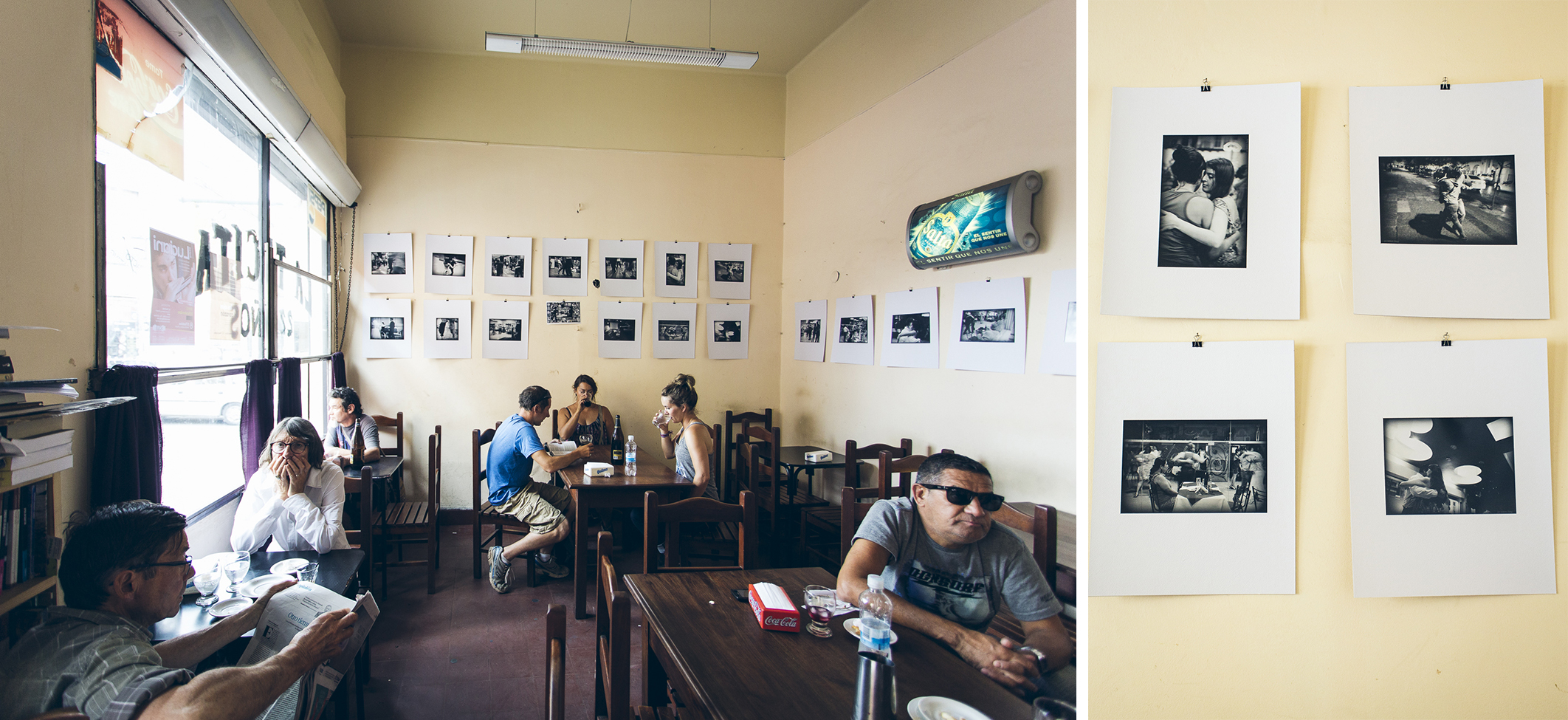

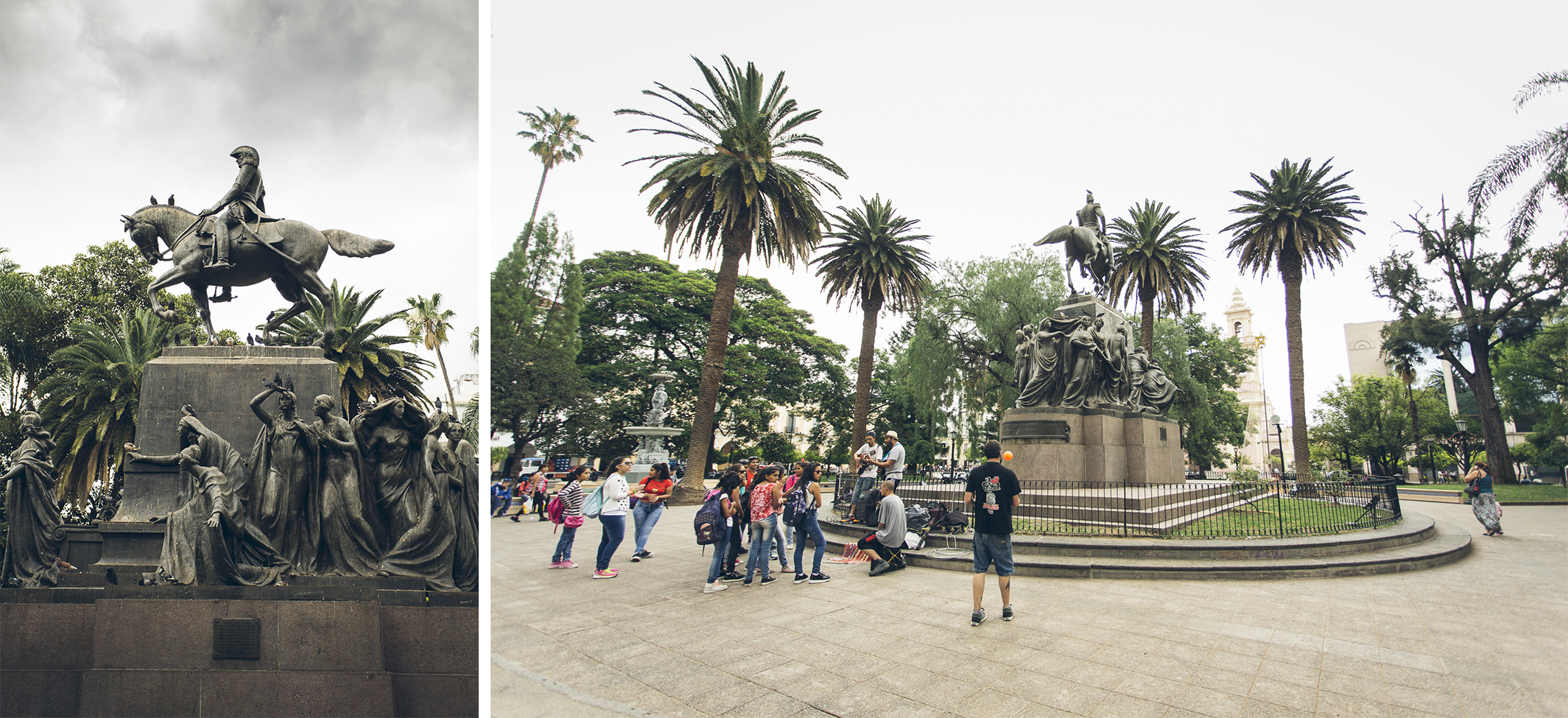
The blue dollar market was created in response to currency controls imposed by Cristina Fernandez de Kirchner’s government in 2011, which made it difficult for Argentines to purchase US dollars. At that time dollars were preferred for savings as the peso was highly influenced by inflation. Instead of exchanging money through official channels, Argentines sold their pesos at the “blue-dollar” rate through arbolitos (money exchangers) and/or at cuevas (informal exchanging houses – usually a shop of some sort). While trading in the blue market is technically illegal, it is very much in the open.
In Salta’s city centre Richard, Chris, Mallary and I sauntered casually to an arbolito standing outside a local bank, a well known area populated with blue market dealers. Blue-market dollar exchangers were easy to distinguish, sporting a fanny-pack type apparatus filled with bills and a calculator in hand. They preferred crisp brand new US hundred dollar bills and would give you a better rate if you had them. We negotiated a rate with the man, swapped currencies, counted the money, rejoiced in the excellent rate ($14.30 pesos per USD, as opposed to the going rate of $9 pesos per USD), checked that the bills weren’t fakes, and were on our way.
Several weeks later, with the intention to stabilize the troubled economy, the newly elected government headed by Mauricio Macri removed restrictions on buying and selling dollars. As a result, the peso was devalued and the blue market for dollars shrunk. The current market-set rate of the peso (as of April 2016) is $14 pesos per 1 USD. If you are interested in reading more about the blue dollar market and Argentina’s currency check out this article by the Argentina Independent and this one by The Economist. During his short time in power thus far Macri is making huge changes regarding Argentina’s economy and it will be interesting to see how this will impact the peso and the lives of its citizens.
As we wandered the central streets of Salta we realized how much things had changed. There were dozens of tables and chairs grouped together near the plaza, European-style. We saw maté cups with metal straws for sale while glancing through store windows. Signs for tango lessons were draped over glass doors. Somehow, through a time warp perhaps, very high platform shoes became fashionable and trendy, filling the shoe stores. The afternoon siesta period and late dinnertime was something we would have to get used to. Same with the long summer days. Going to sleep ridiculously early had become normal for us, usually to escape the cold or the wind, but also because the sun went down so early. Due to a time change between Bolivia and Chile/Argentina we had gained some hours, and the sun was setting well after 9 pm. We poked our bedheads out of the tent door a bit later and later every morning.
We adopted the Argentinians’ love of asado (barbecue) by using the grill (parrilla) at our campsite to prepare a feast of salad, asparagus, meat, and bread. In just about any small shop or supermarket you can buy big bags of charcoal (carbón) to fuel your asado experience.
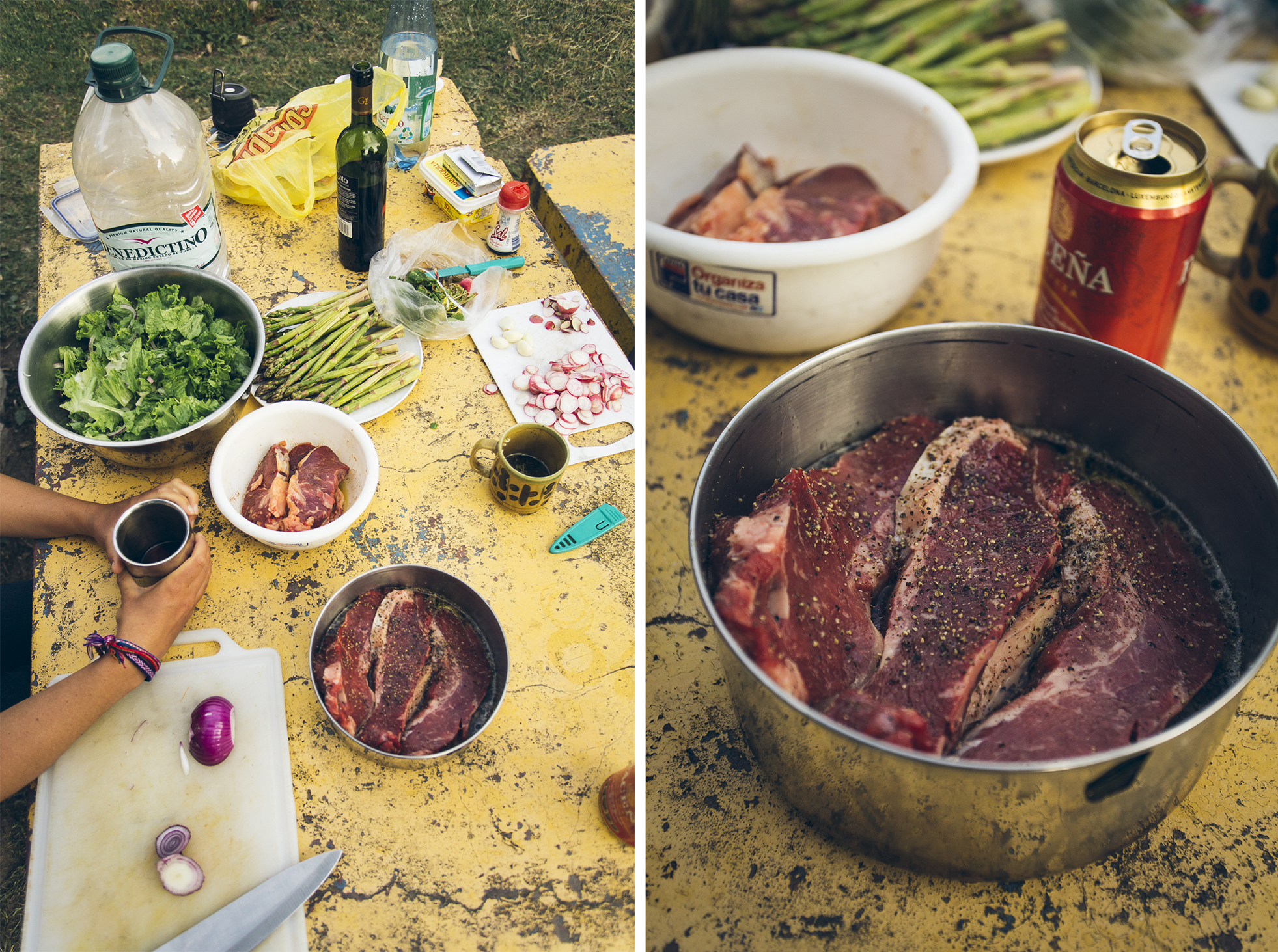
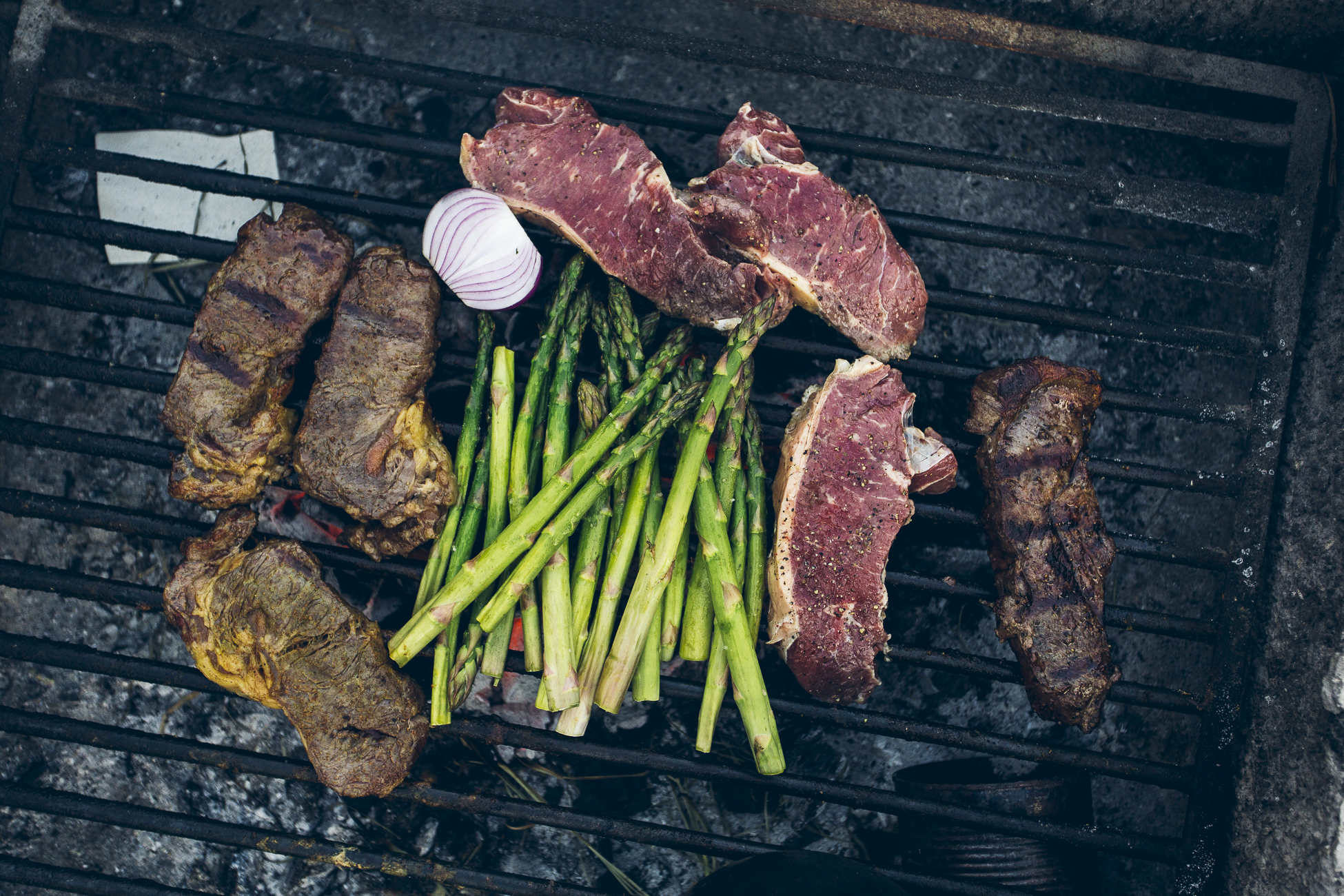

Our next wanderings south took us through the red-rocked Calchaquíes Valley to the small town of Cafayate, well known for its wine production.
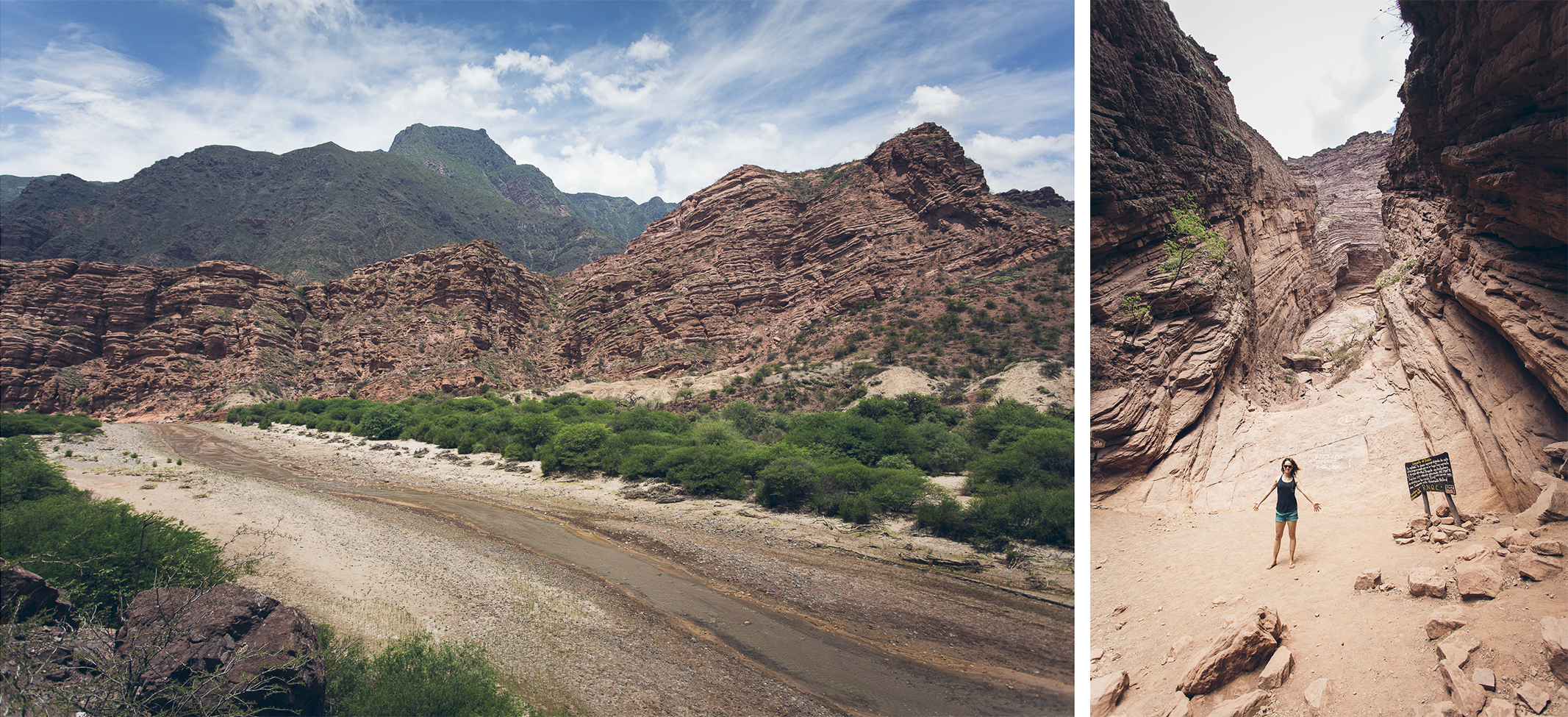
Richard, Chris, Mallary and I donned our (wrinkled) Sunday best and set off on foot to visit several of Cafayate’s wineries. A big part of what made this town special was the fact that the wineries were very easily accessible; we could visit several in one day without driving or taking public transportation. Safety first!
Bodega Nanni was our first (and best!) tasting. Their wines are organically certified, the tasting room was large and visually pleasing, and the property outside contained a gorgeous and rustic open-windowed restaurant. Cafayate is famous for its Torrontés grapes, which produce deliciously fruity (think white flowers, roses, and tropical fruits) but surprisingly acidic white wines. Usually I prefer red, but the Torrontés at Bodega Nanni was tasty. We took a bottle (or two?) for the road for $4 USD. The pours were generous and the tasting only set us back a couple of dollars per person.


Siesta hour was approaching and the wineries were closing so we ordered some empanadas from La Casa de las Empanadas, purchased some ‘discreet’ white solo cups, and took our bottle of Torrontés to the central plaza for a picnic.

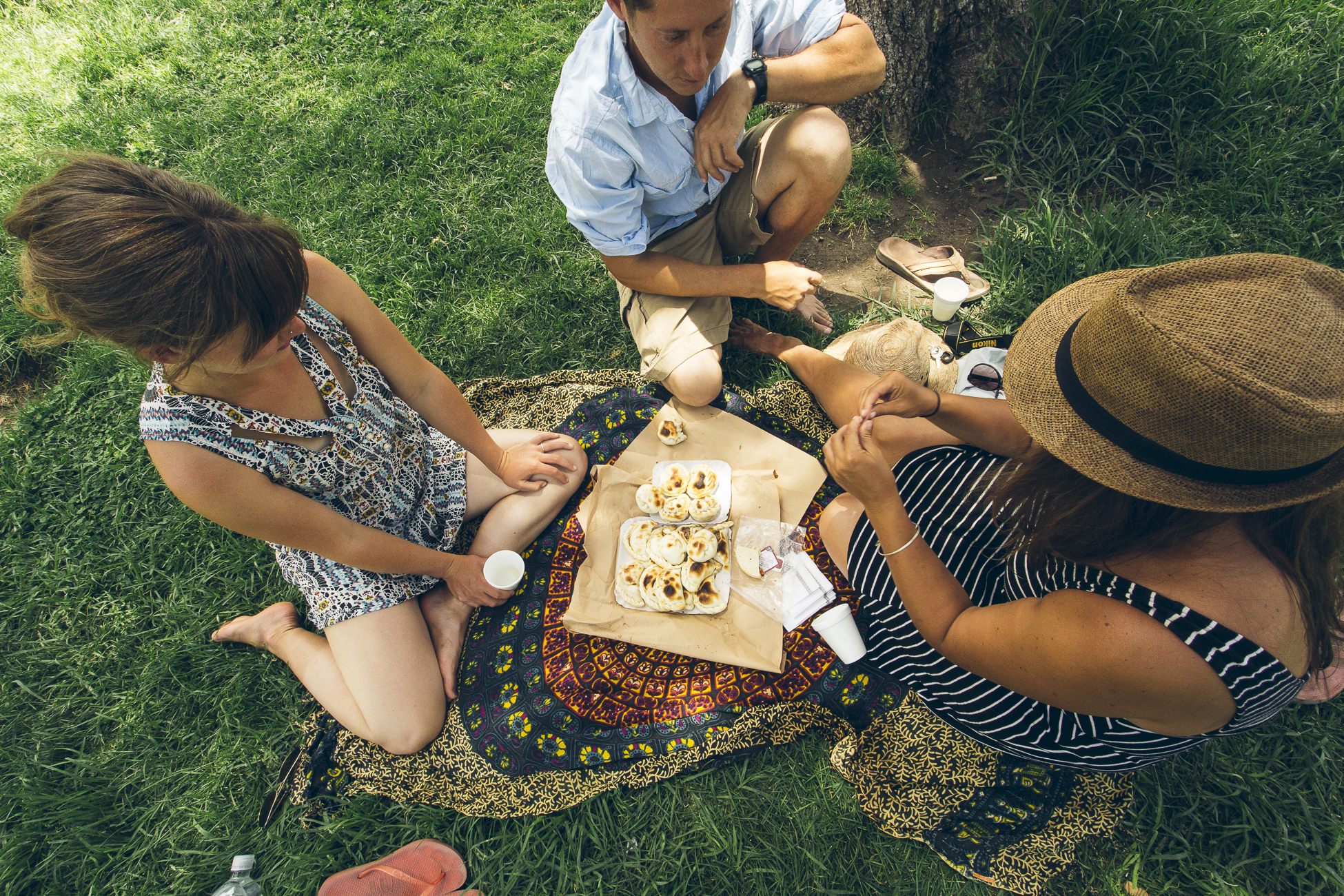
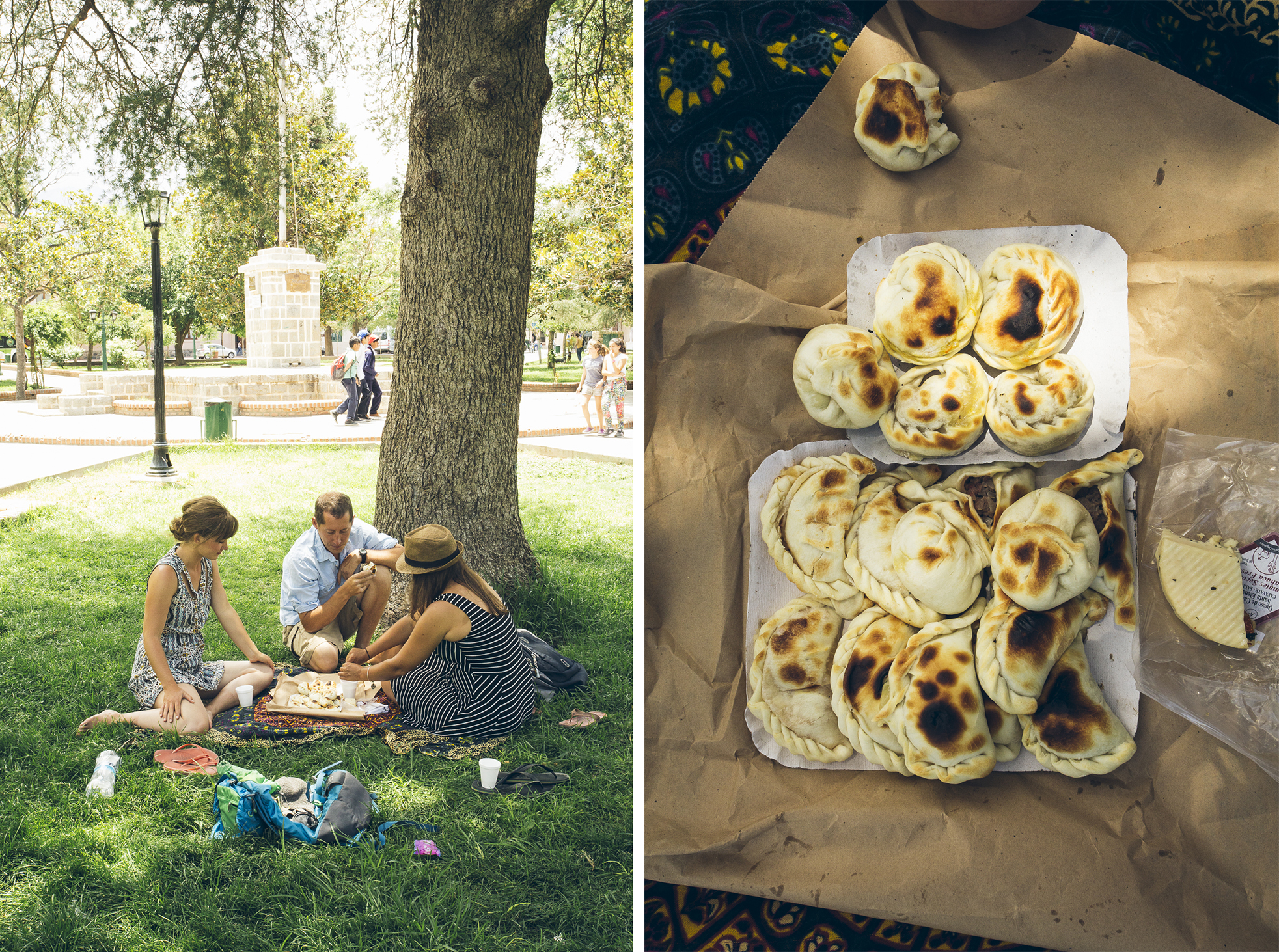
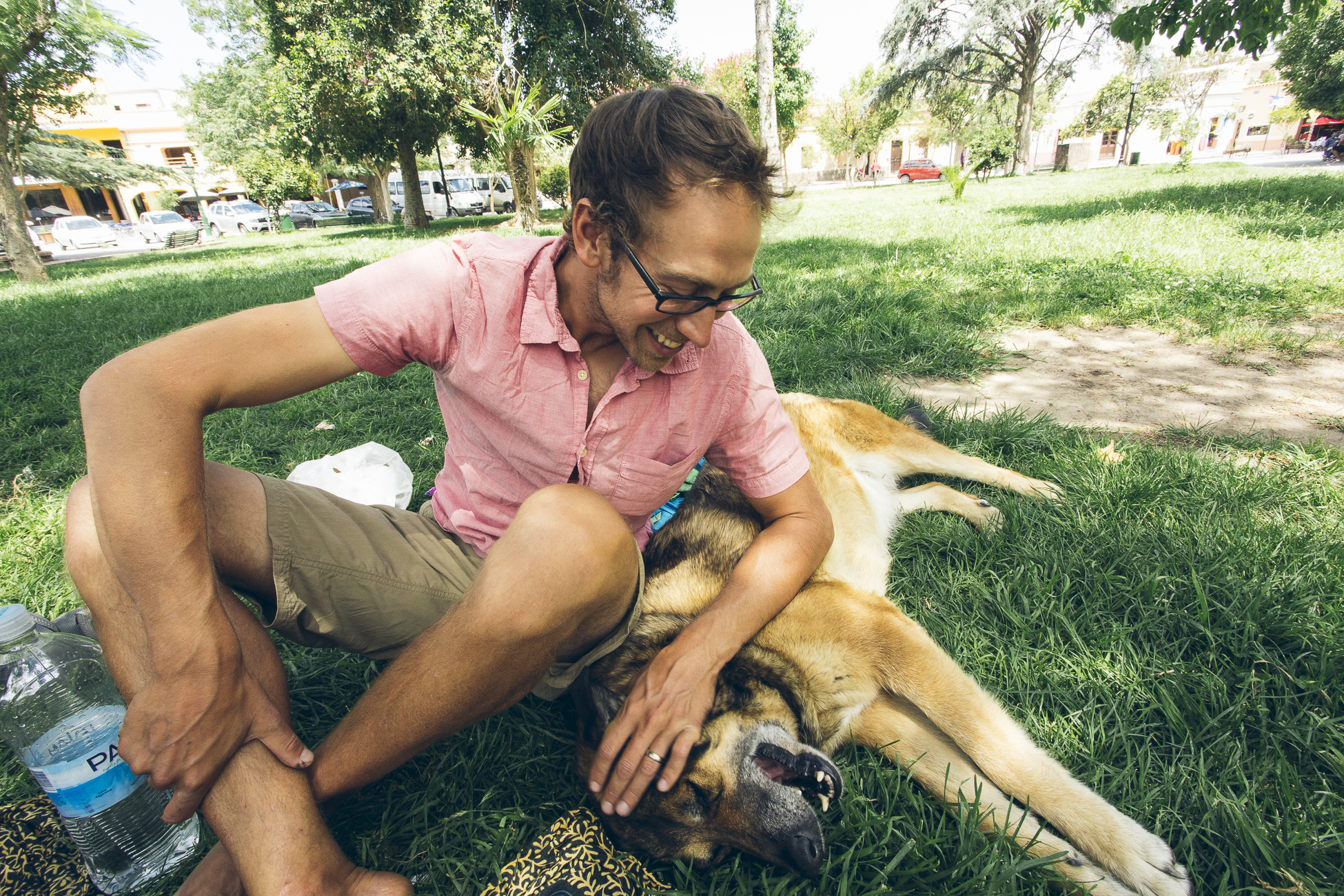
With alcohol pulsing through our veins and tummies full of empanadas we walked in the burning sun to the sprawling Bodega El Esteco for a tasting and tour.
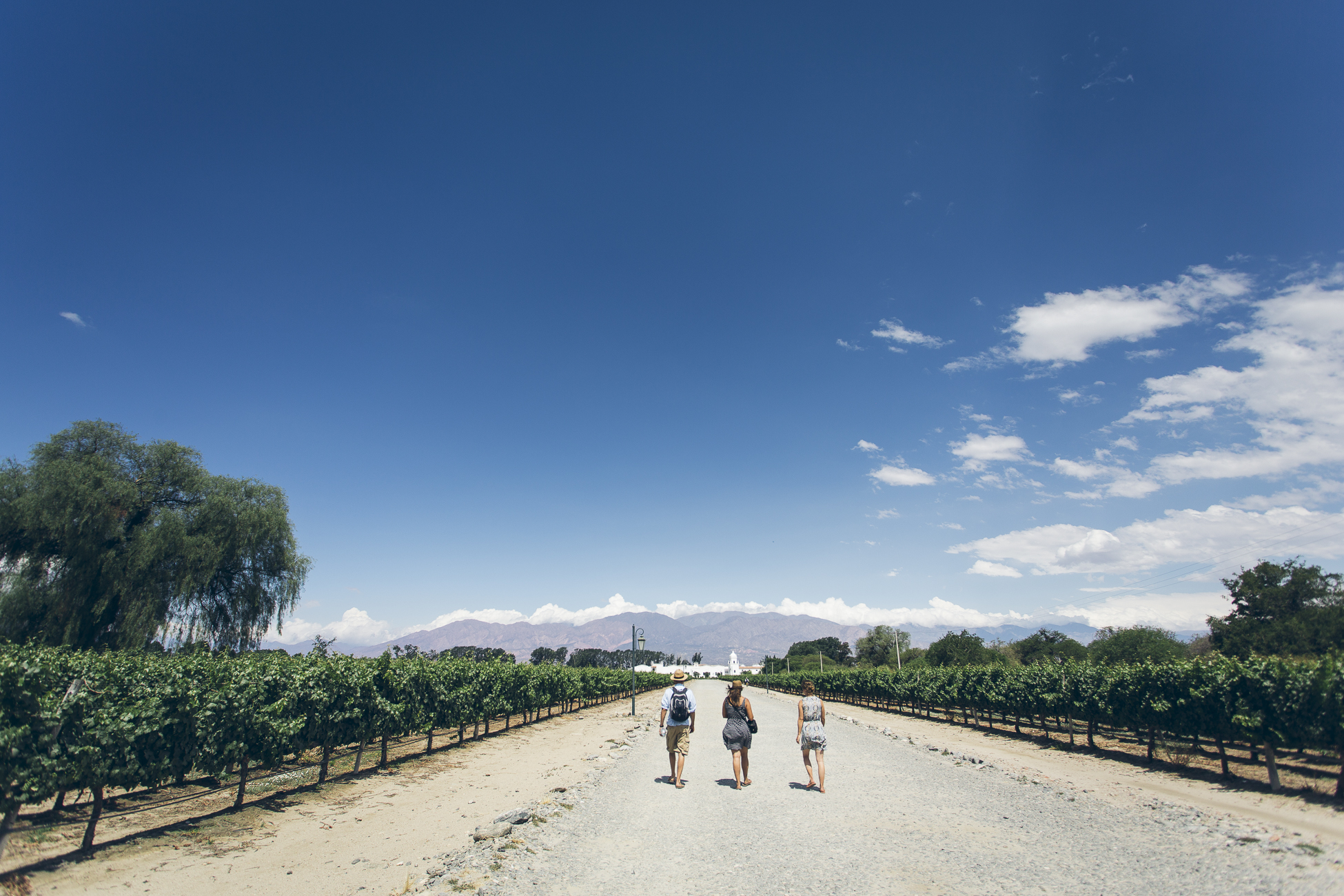


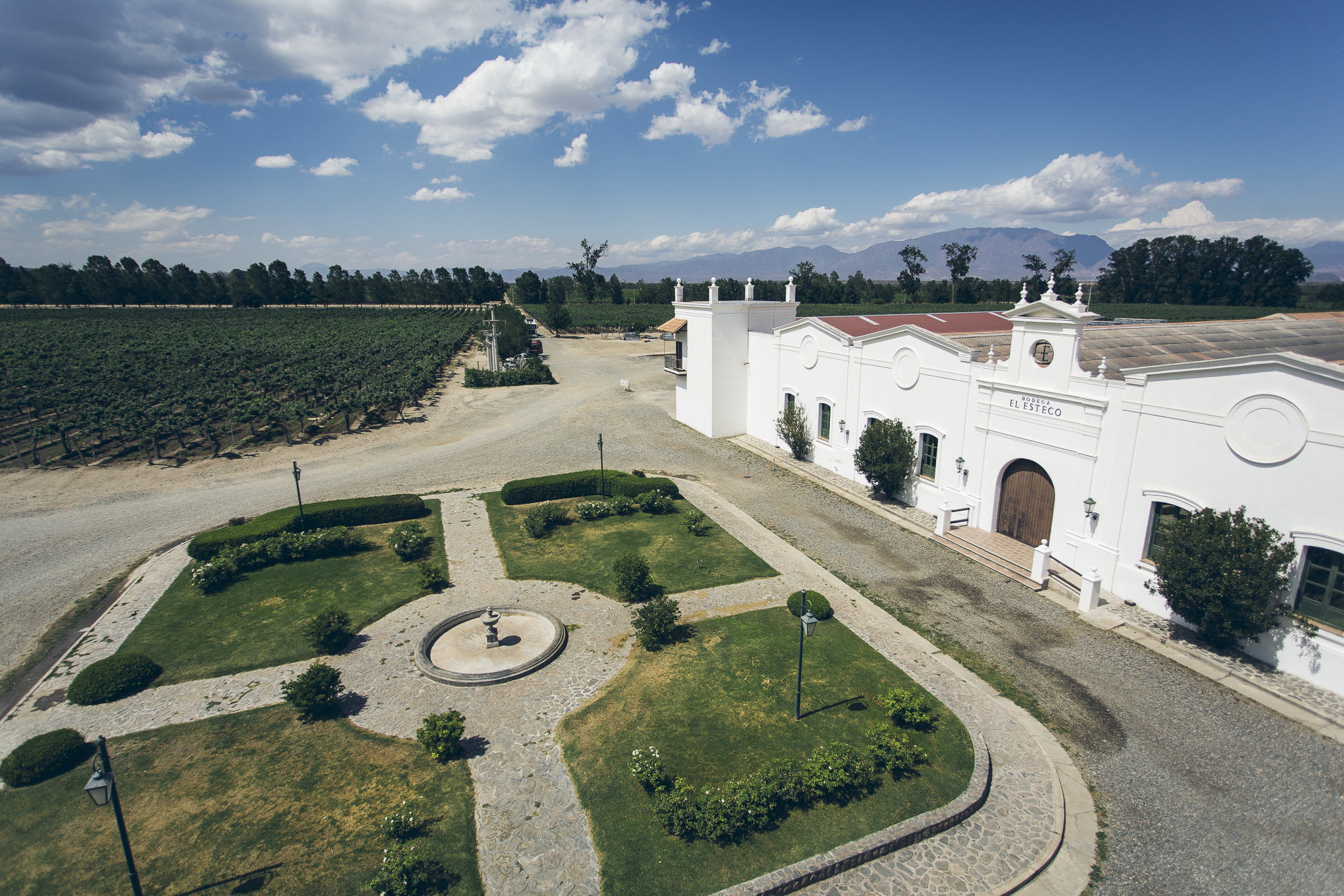
Founded in 1892 by French immigrants, this bodega (winery) takes advantage of the unique features of the Calchaqui Valley: high elevation (at 5,500 feet it may contain the highest vineyards in the world), broad temperature range (hot days and cool nights), and sandy soil. It is said that these conditions contribute to the grapes’ bold flavours, colours, and aromas.
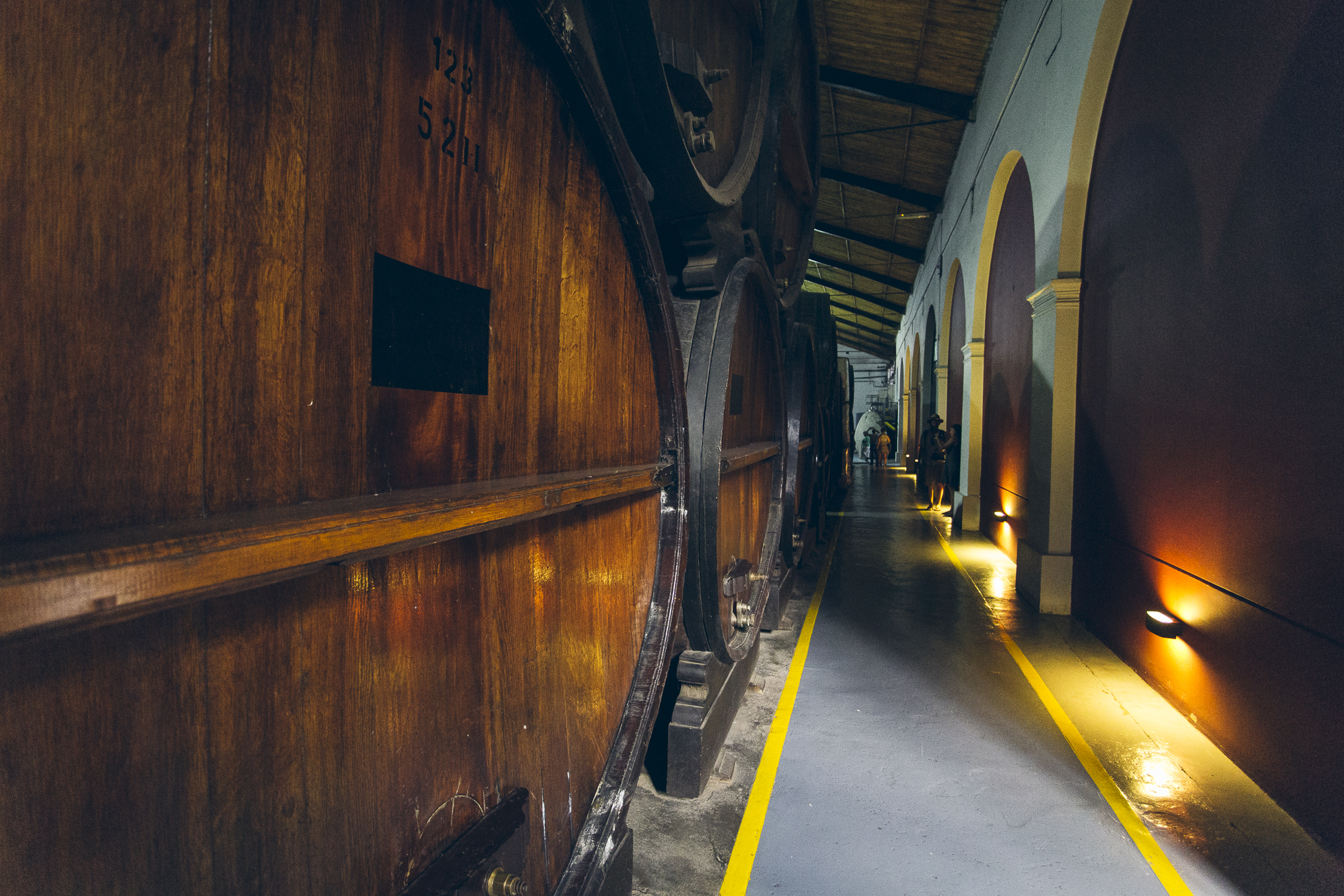
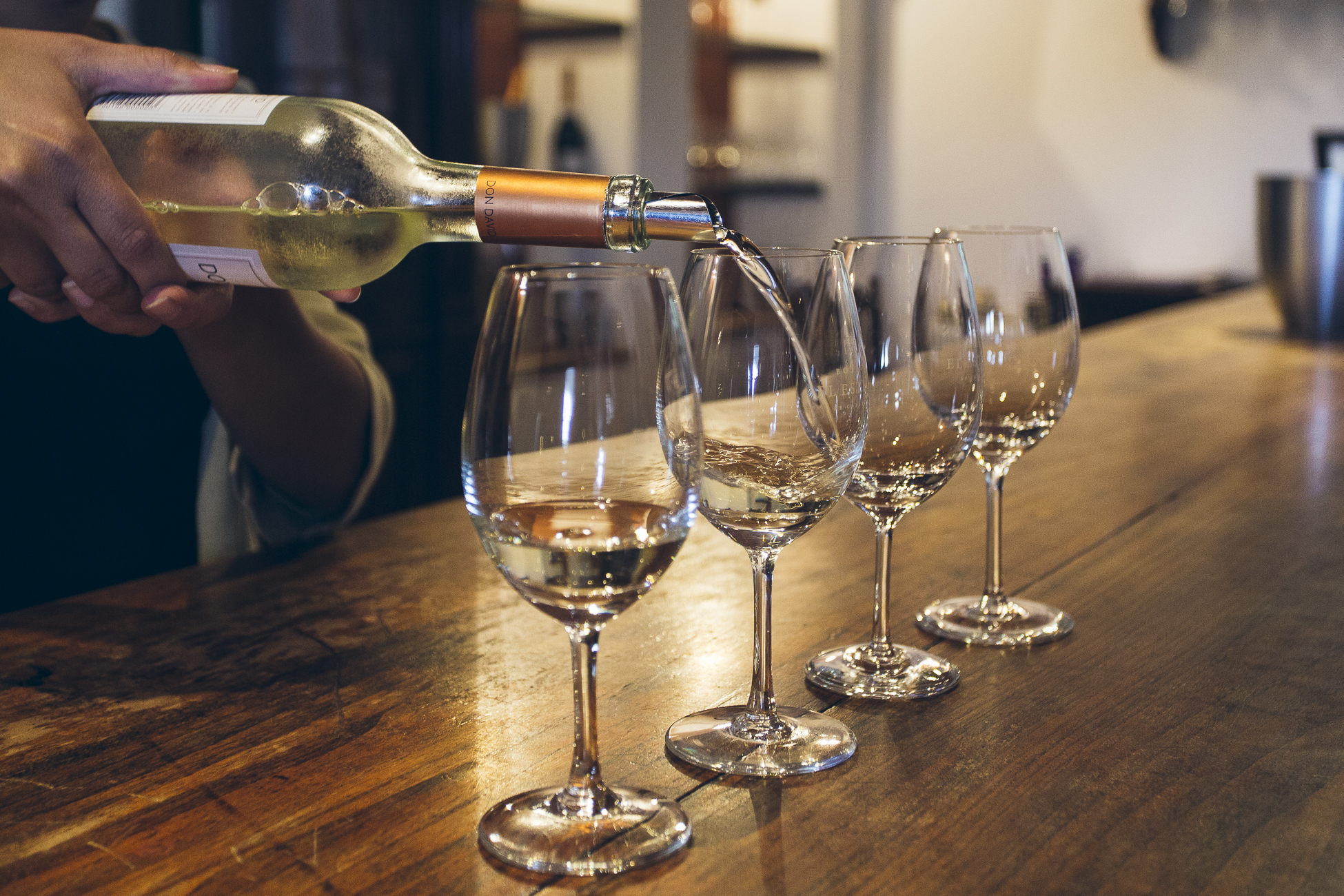
Both Chile and Argentina have the sweetest street dogs. Their personalities are incredibly mellow and they love attention. That, and to chase cars. Our biggest pack was probably in Cafayate, half a dozen dogs at one time were usually sleeping under the trucks. Campground life seems pretty legitimate if you are a dog: plenty of people and dog pals around, complete freedom to come and go as you please, and an endless supply of garbage to snack on. Knowing the Argentinian affection for barbecue, you can bet the dogs are probably getting the occasional carne treat. Richard and I went for a jog one morning and we had about 7 dogs running with us, of course taking a break here and there to snap at some passing vehicle’s tires.
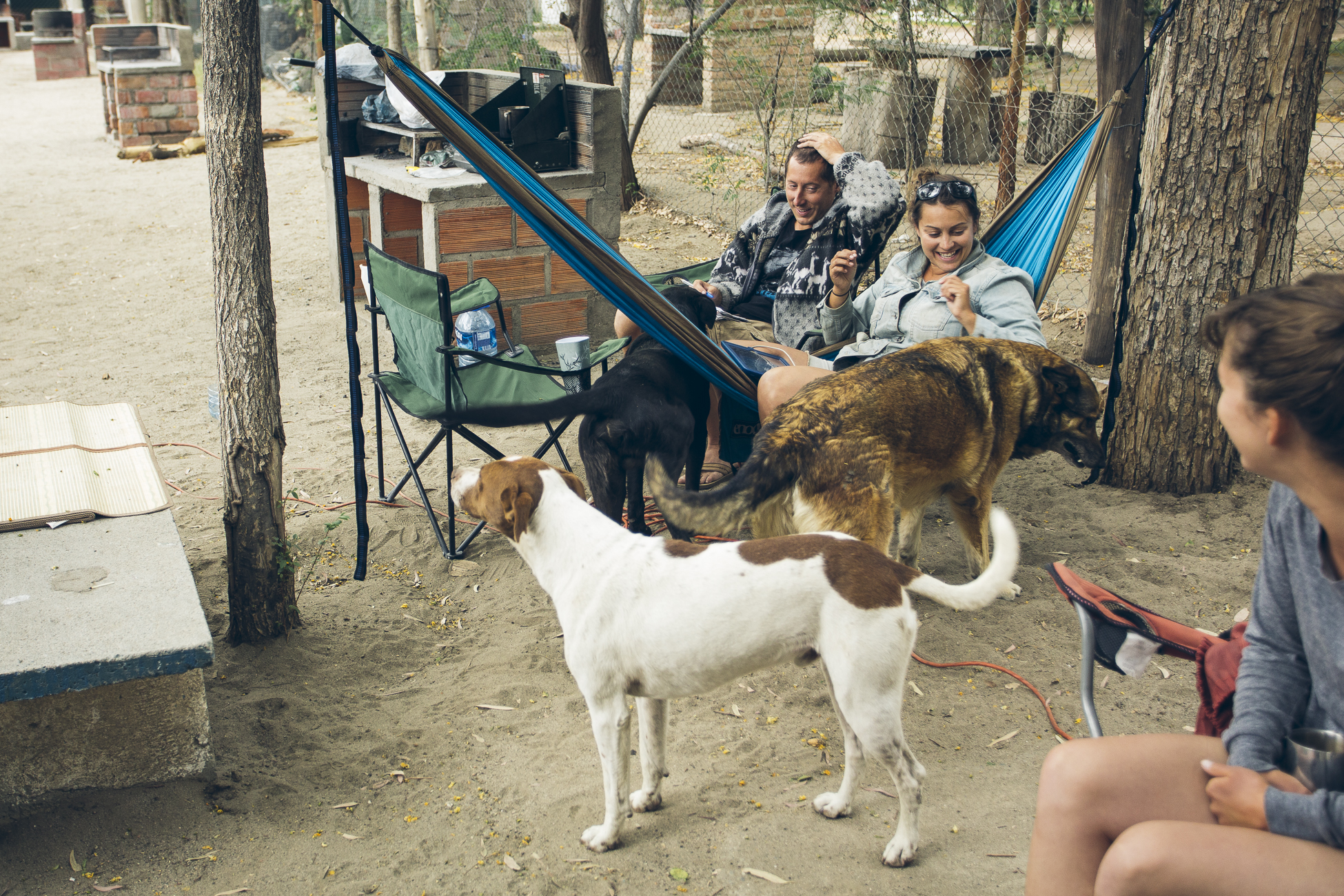

We continued south along the infamous Ruta 40. Is this what Arizona looks like?
The National Route 40 runs from the Bolivian border with Northern Argentina all the way south to Rio Gallegos (think close to Tierra del Fuego), paralleling the Andes. More than 5,000 kilometres in length, we would constantly hop on and off of the Ruta 40 during our time in Argentina.



Mendoza was our last sizeable city stop in Northern Argentina. Located in the foothills at the base of the Andes, the Greater Mendoza region is the largest wine producing area in Latin America. We explored the city by foot taking in the tree-lined streets, breathing in the exhaust-filled air, and exchanging some more money on the blue market, this time with a guy who definitely looked like a gangster.
The French vehicles in Mendoza caught our eye, especially the older French Peugeots, Citroens, and Renaults. The economic crisis in the 1980s halted much of their production, but many of the older cars remain on the road throughout the country.
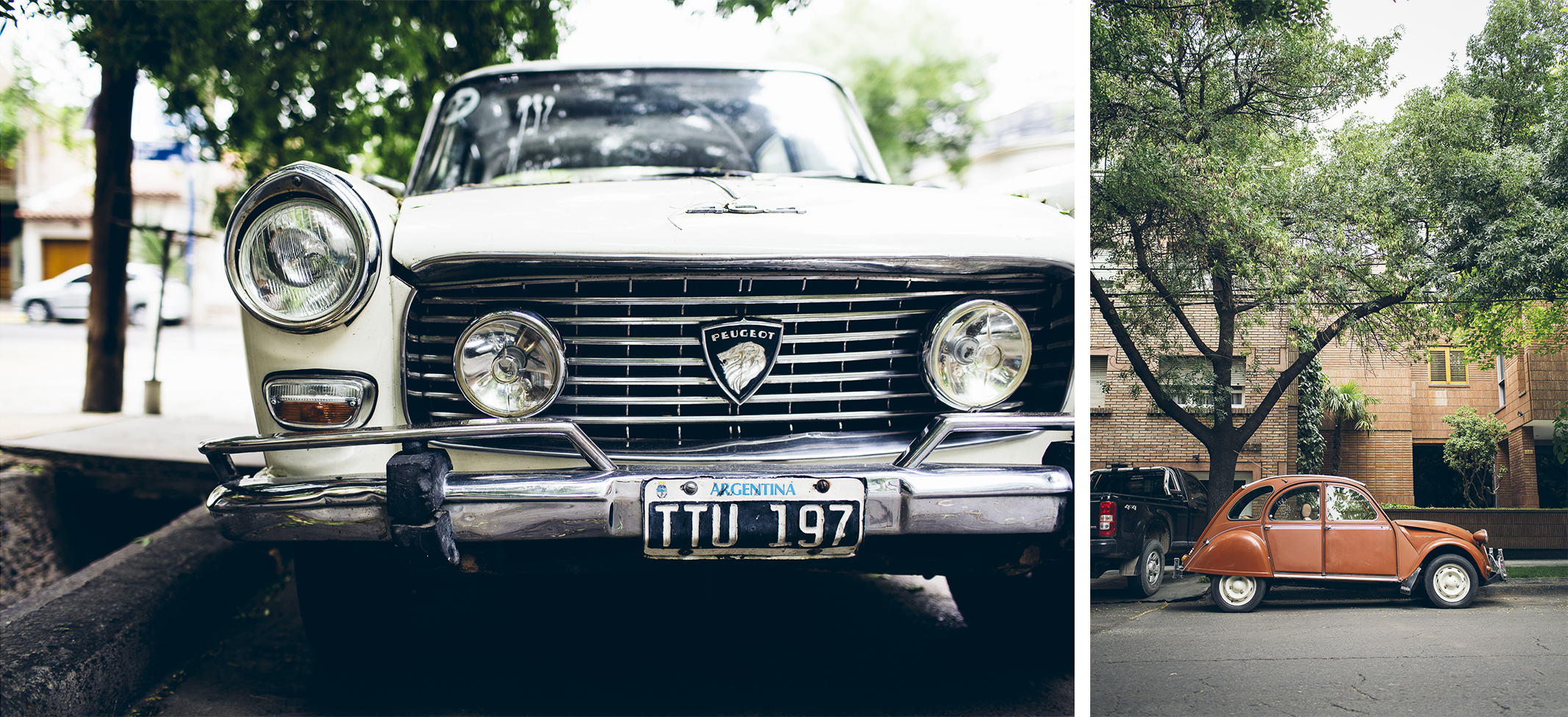
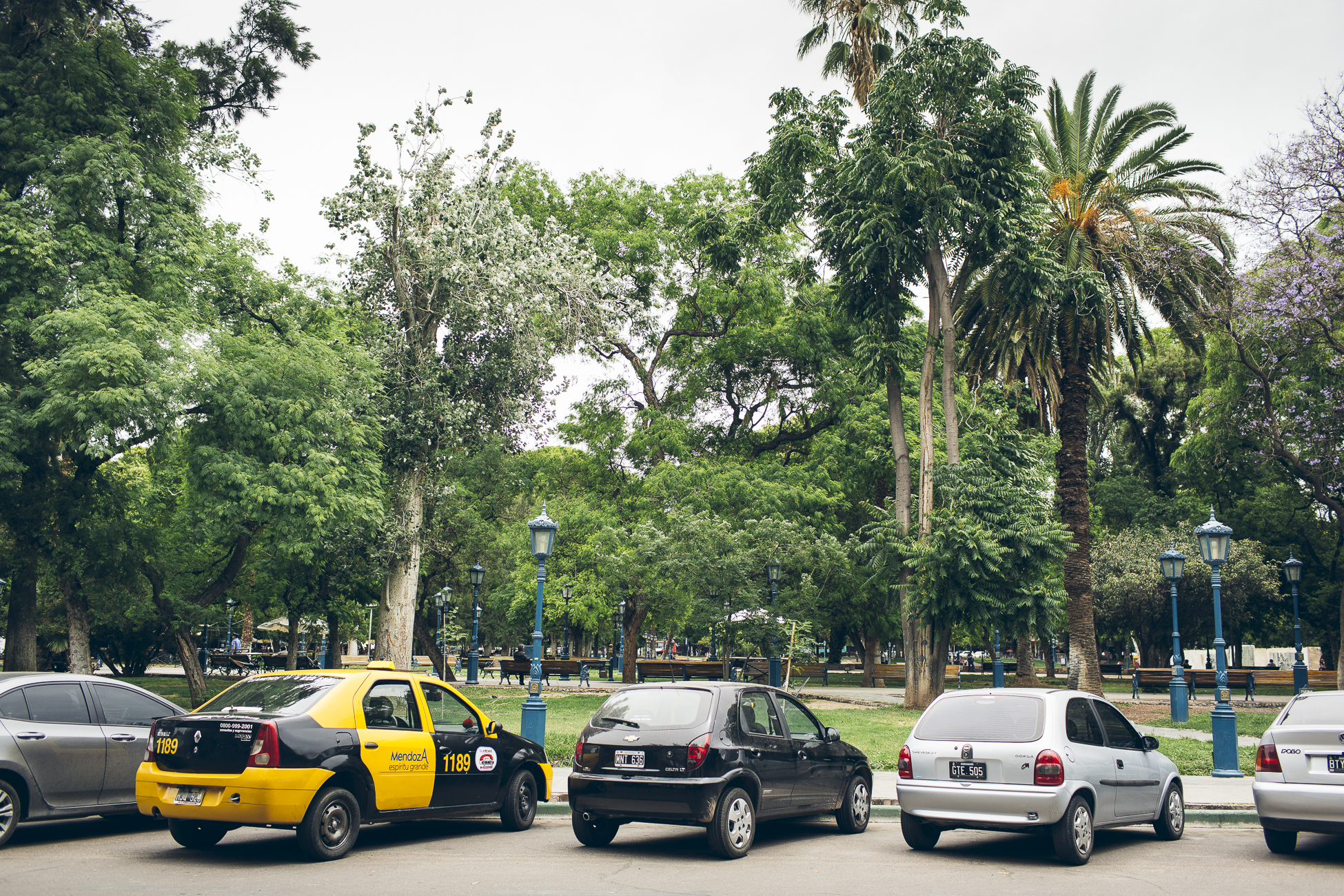
Our goal in life while in the Mendoza region was to visit a winery for a fancy lunch. Pan y Oliva seemed like the perfect location, nestled in the middle of the Family Zuccadi vineyard with a luscious organic garden steps away from the restaurant.
While Calafate is know for its Torrontes grapes, the Mendoza region is known for its Malbec. The grape was first introduced to the region in the mid 19th century by the French, who brought vine cuttings all the way from their homeland to be planted in Argentinian soil. Today the main fruit flavours in a glass of Argentinian Malbec are blackberry, plum, and black cherry. Our favourite was the organic Santa Julia Malbec.
The fancy lunch at Pan y Oliva, including a starter plate of delicious bread, olives, and a garlicky zucchini eggplant dip, main course, dessert, bottle of wine, PLUS another bottle of wine and container of local olive oil para llevar (to-go) put us back $30 USD. The real question is: Why didn’t we set up our roof top tent in the parking lot and stay for, well, forever?

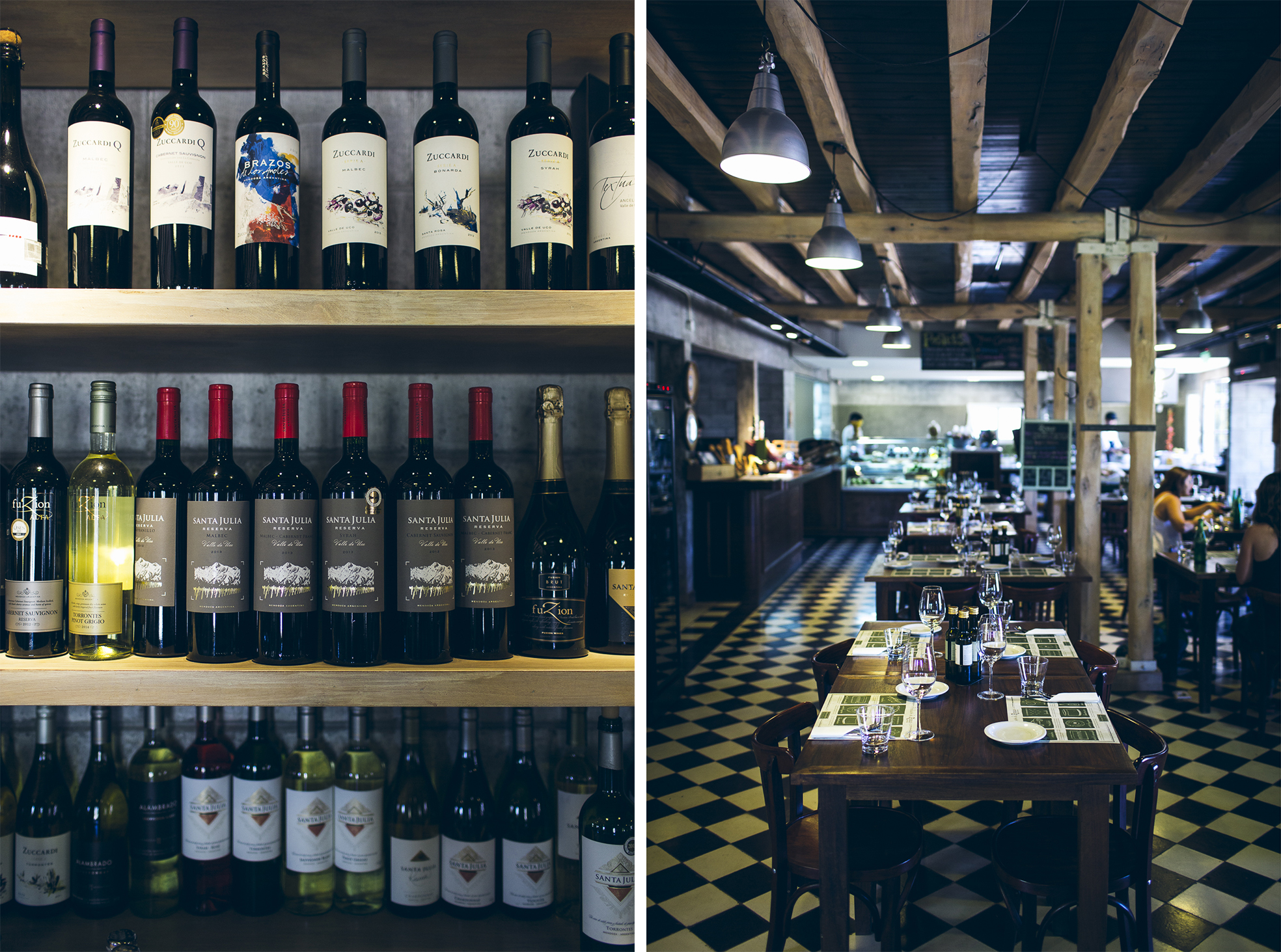
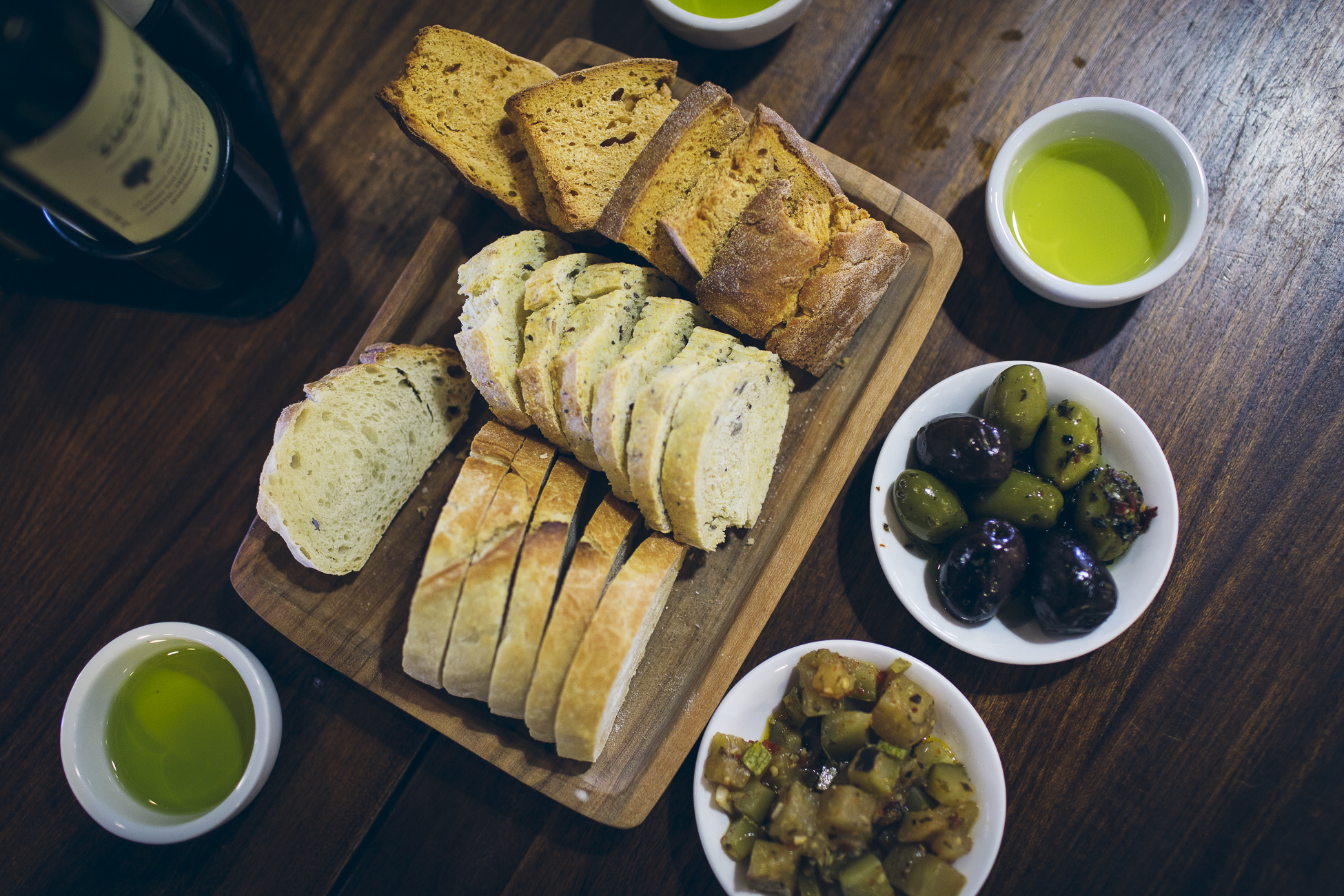
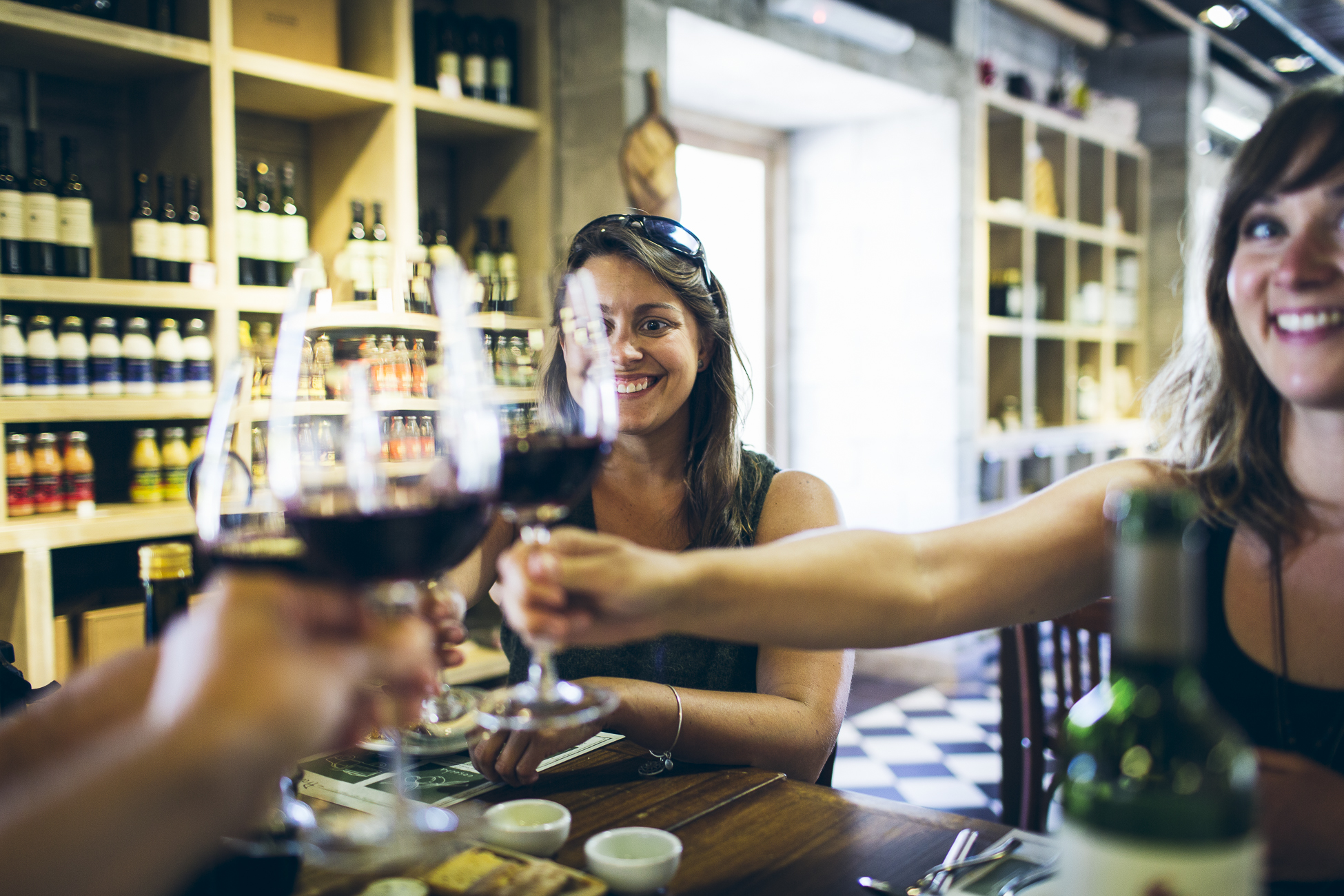
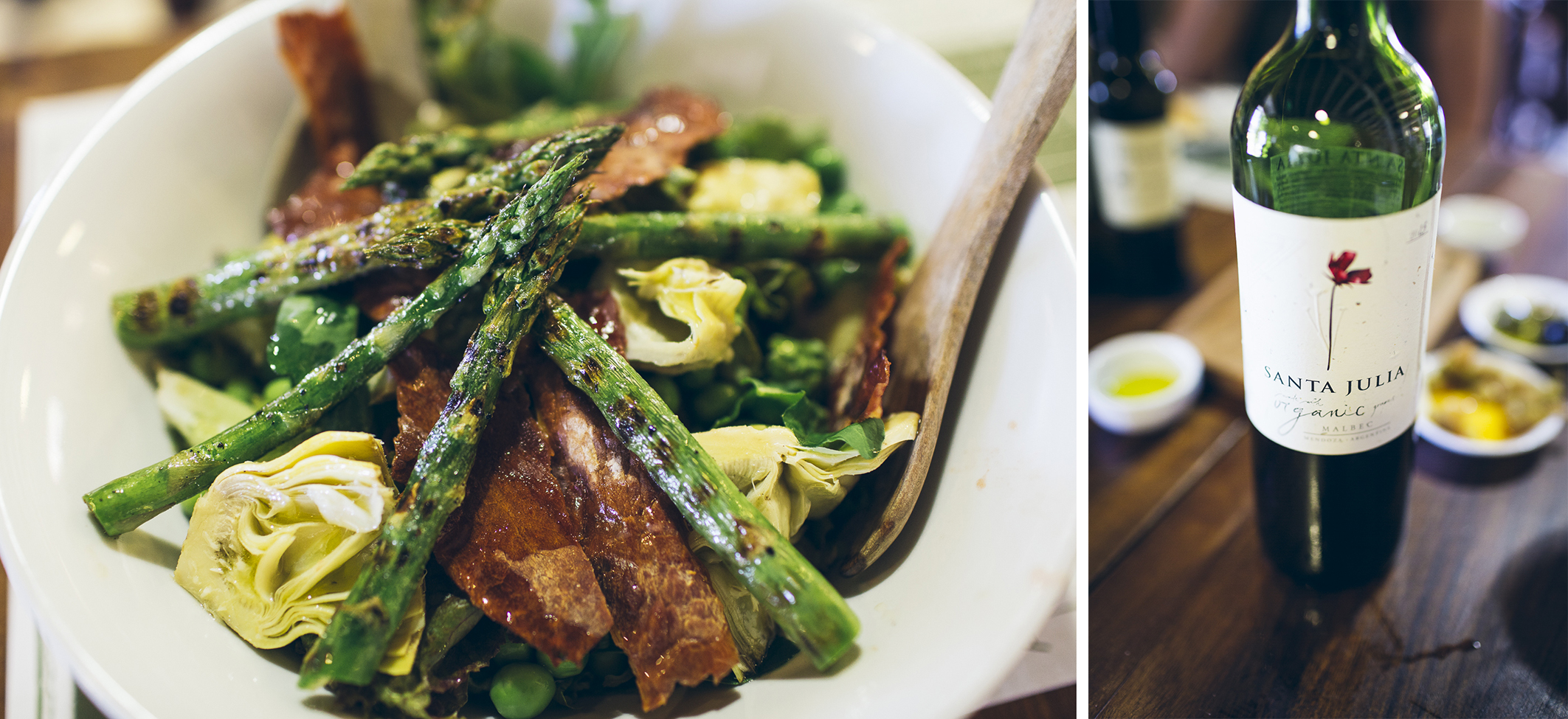

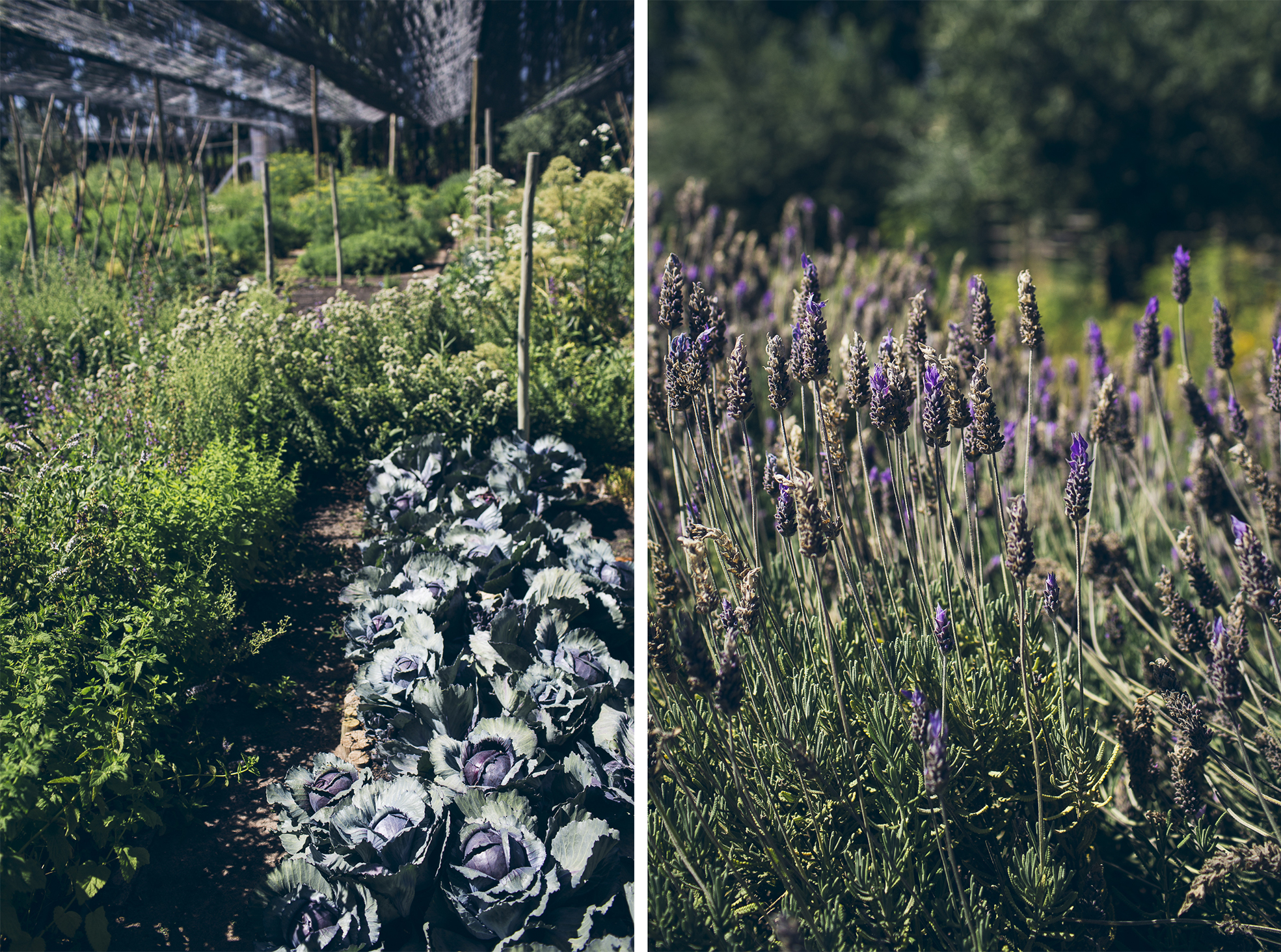


A less than 2-minute drive from the restaurant took us to the entrance of the Familia Zuccardi vineyard, which offers tours and tasting. The tour was excellent, mainly due to our guide who spoke fluent English and provided a wealth of knowledge about the beginnings of the winery and the generations of Zuccardis who have continued the family business of wine production over the years. We also received a generous tasting, finishing with a strong, sweet fortified wine. Initially used as a means of preservation, fortified wines are created by adding brandy or liquor during the fermentation process. Today this technique is used in order to add distinct flavours to the finished product.
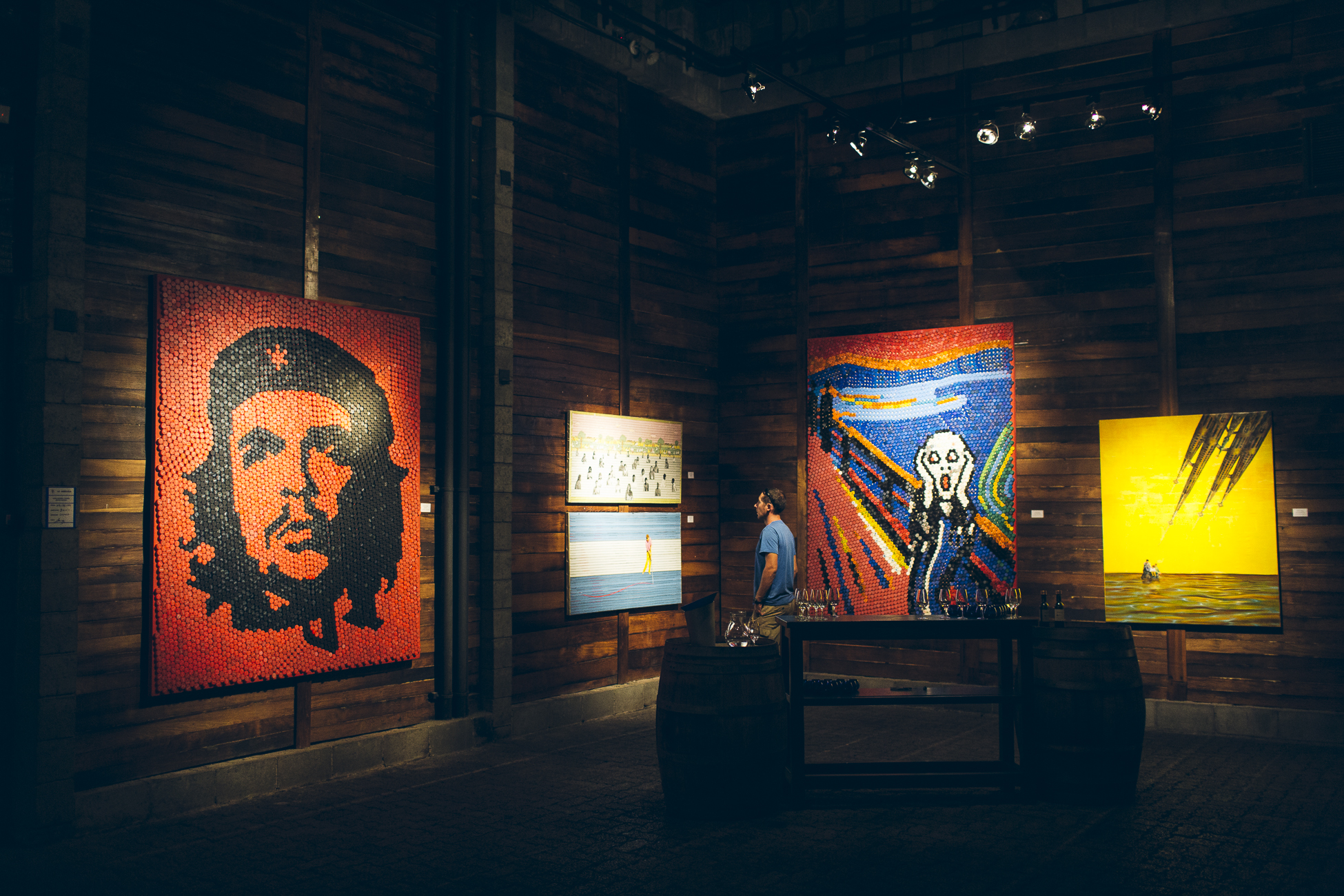
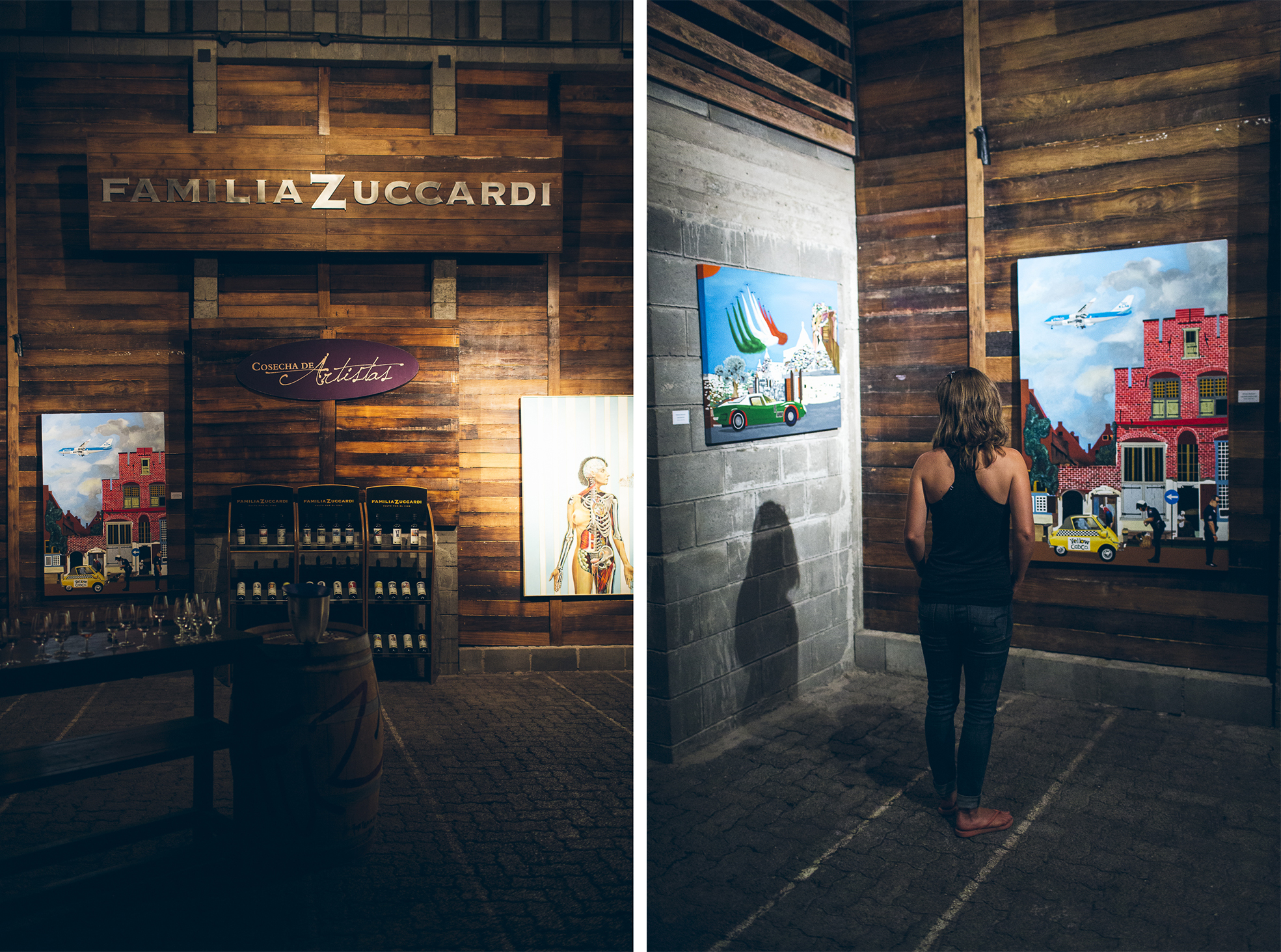

Cool antique olive press.
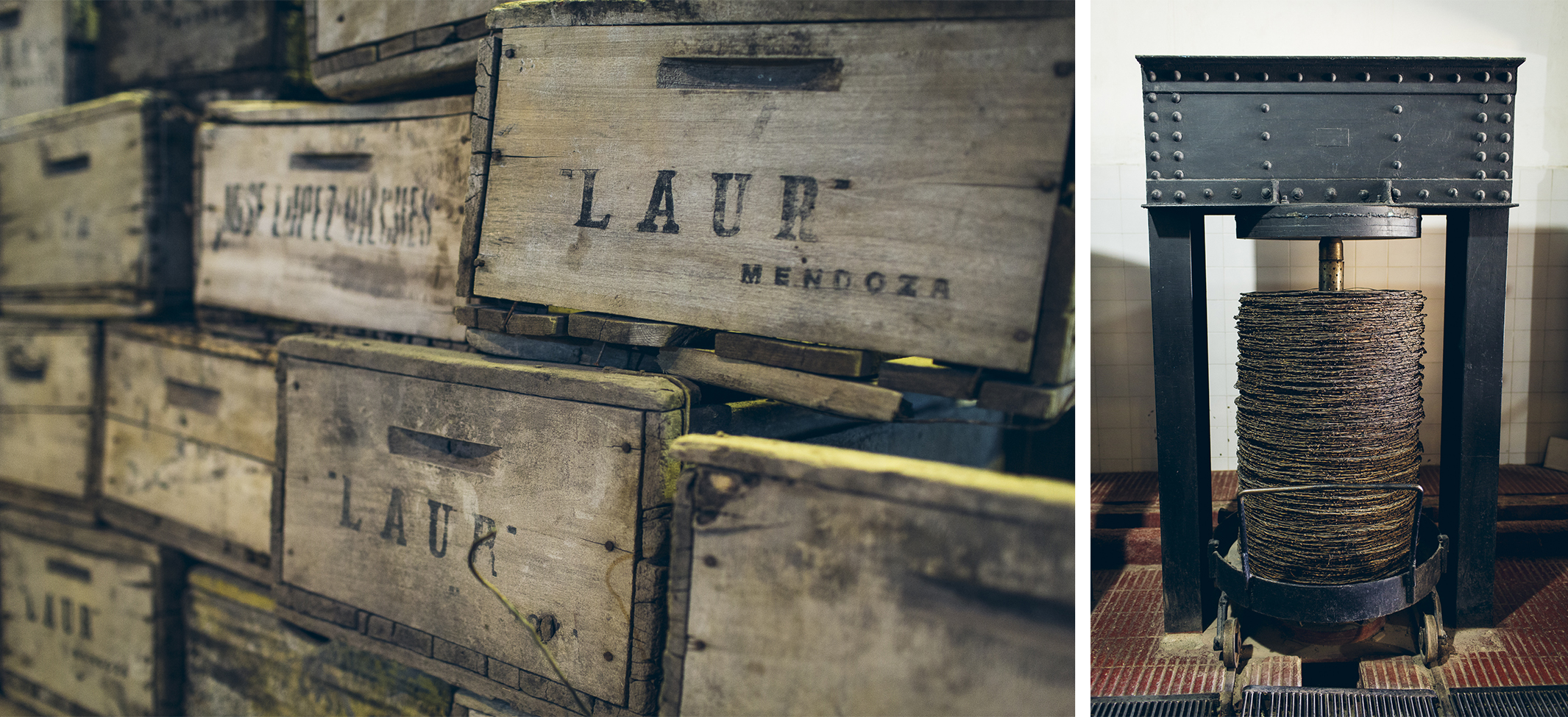
Next stop: Parque Nacional El Leoncito. We pointed our trucks in the direction of the Andes and headed out to find nature once more.

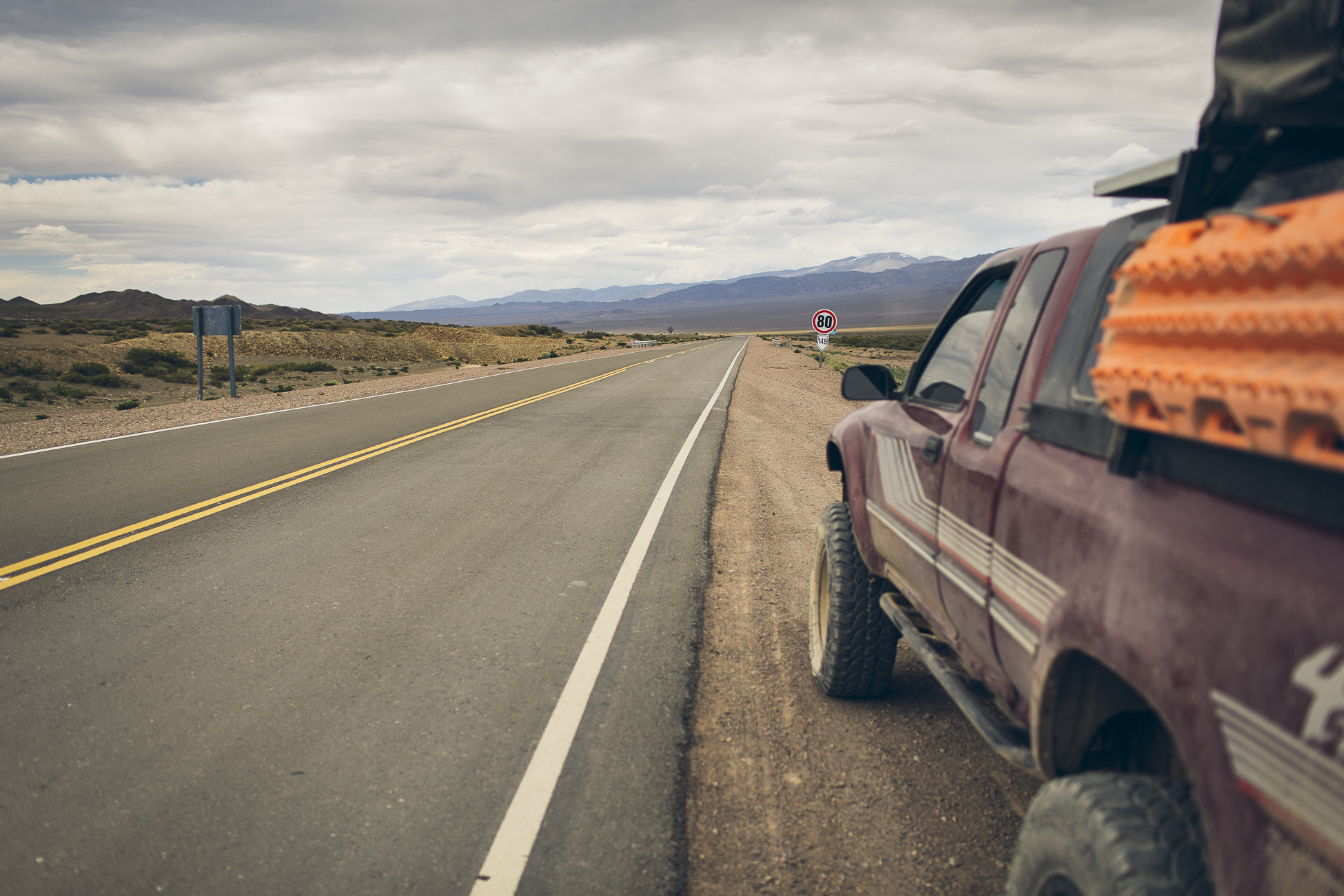
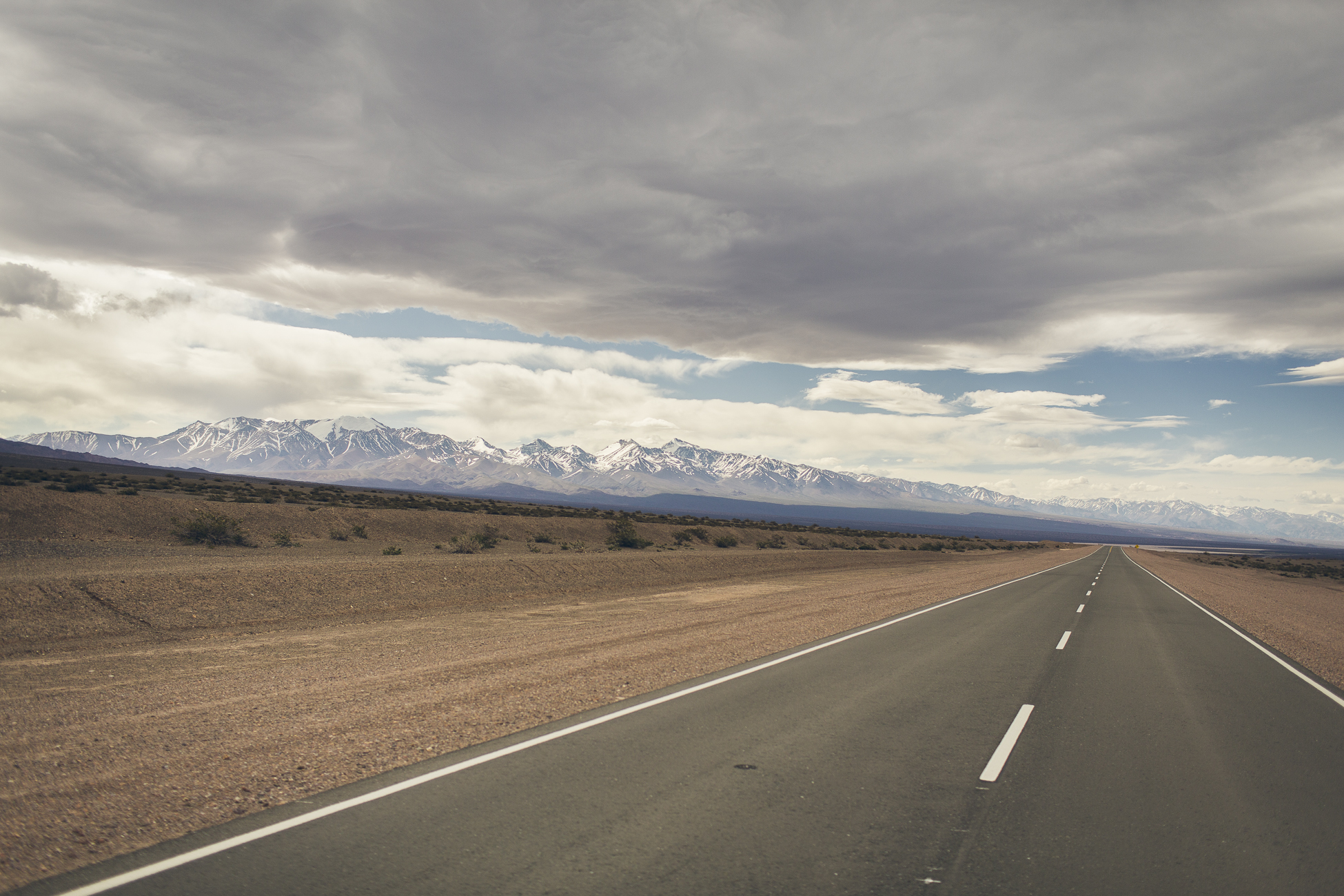
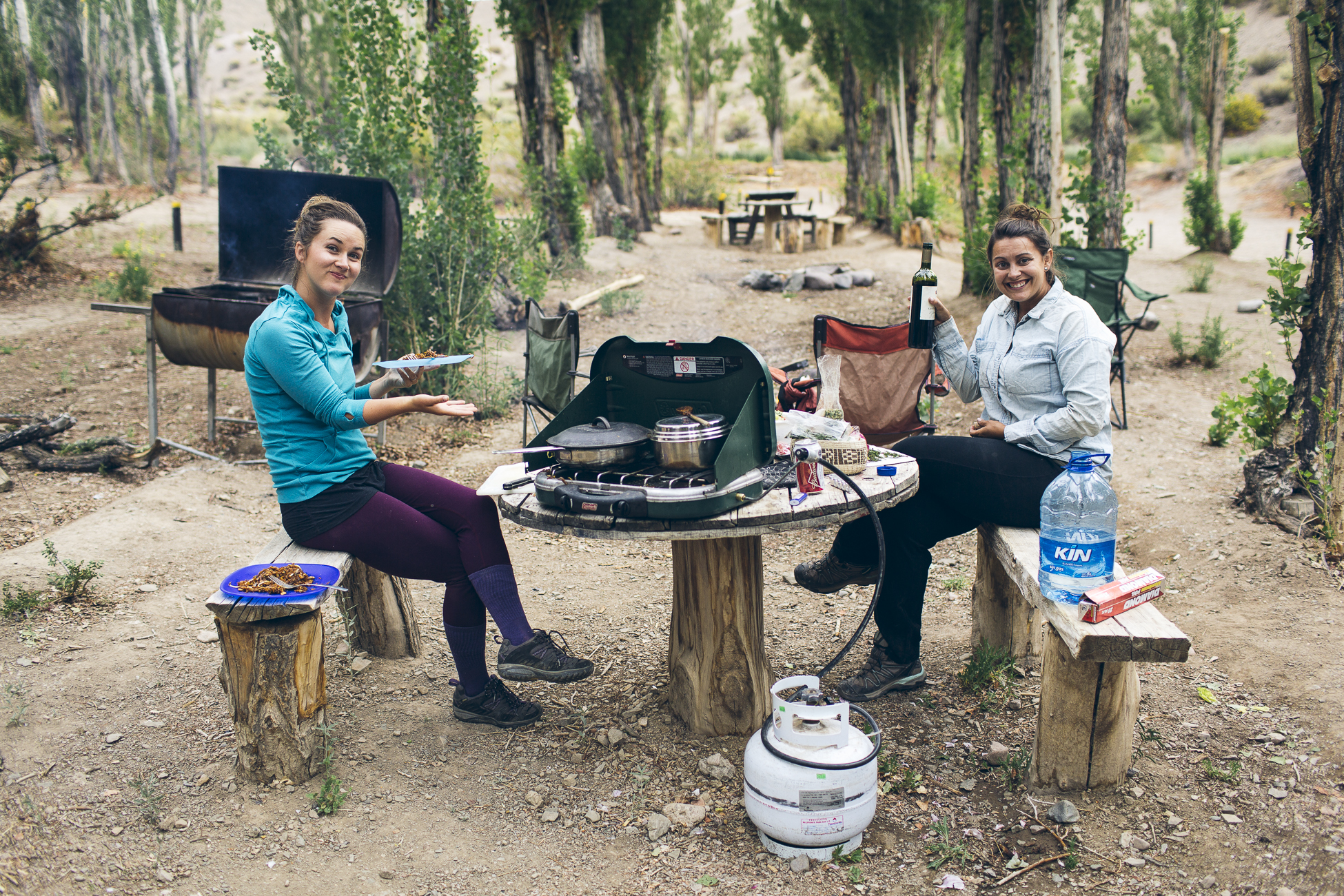
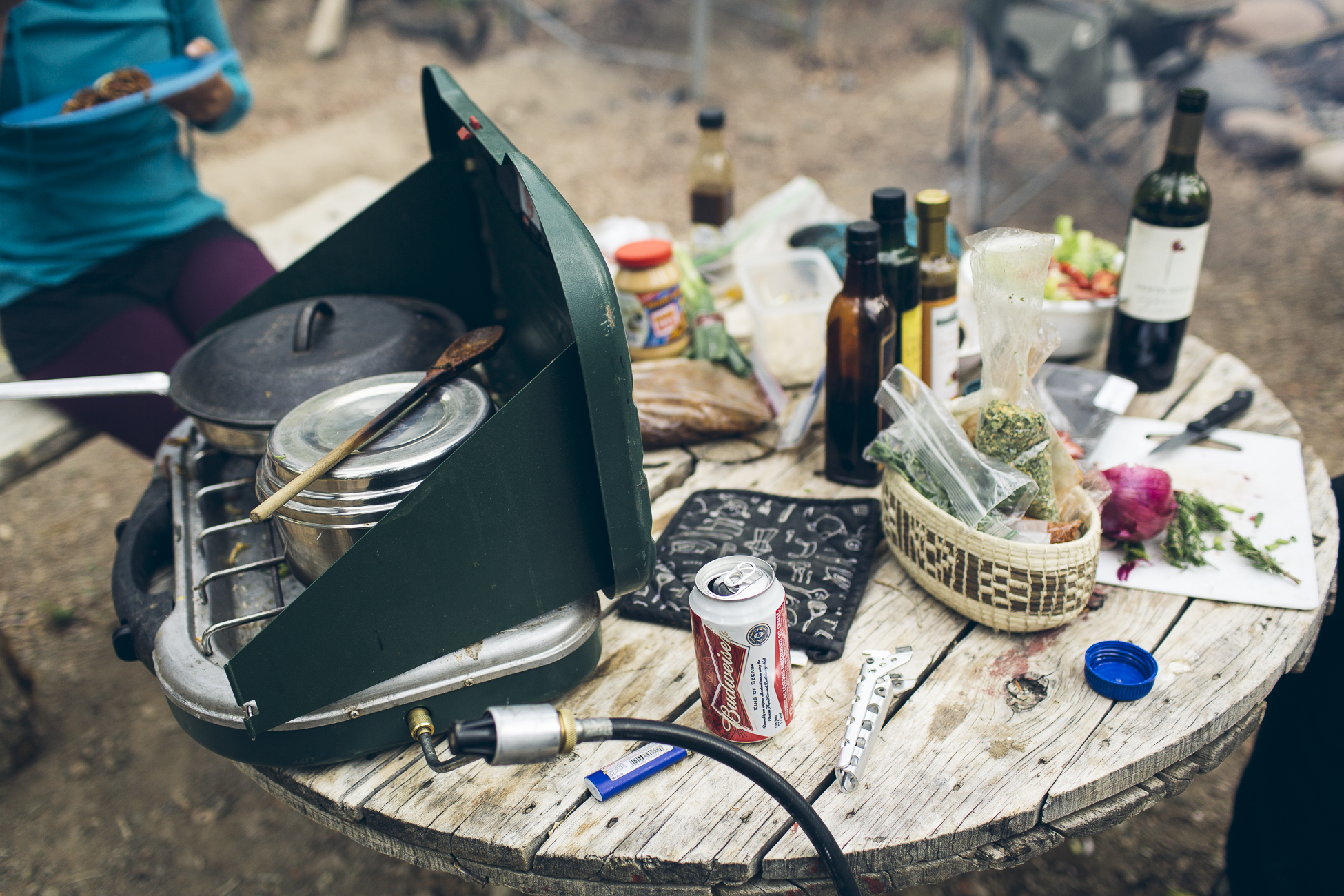
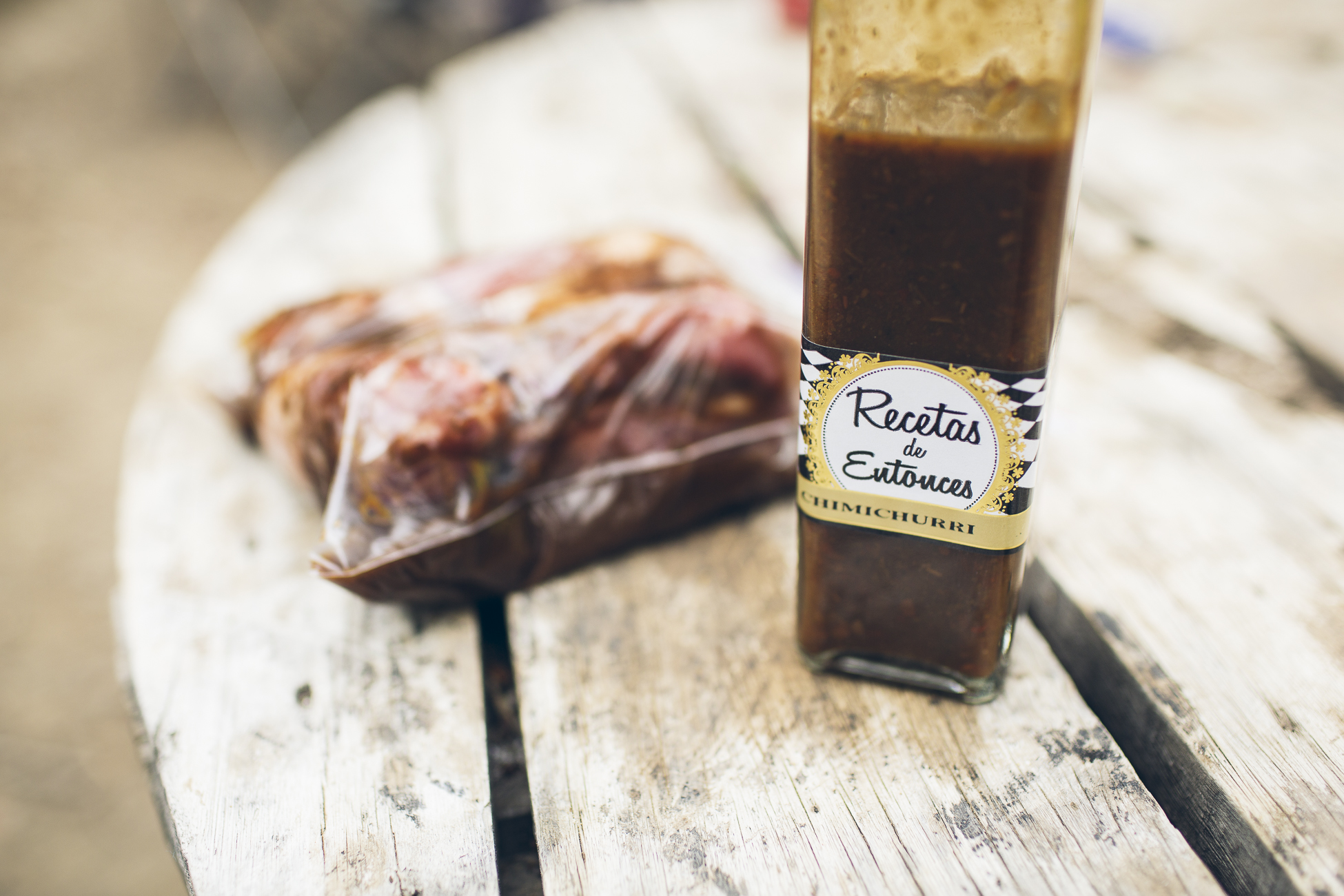
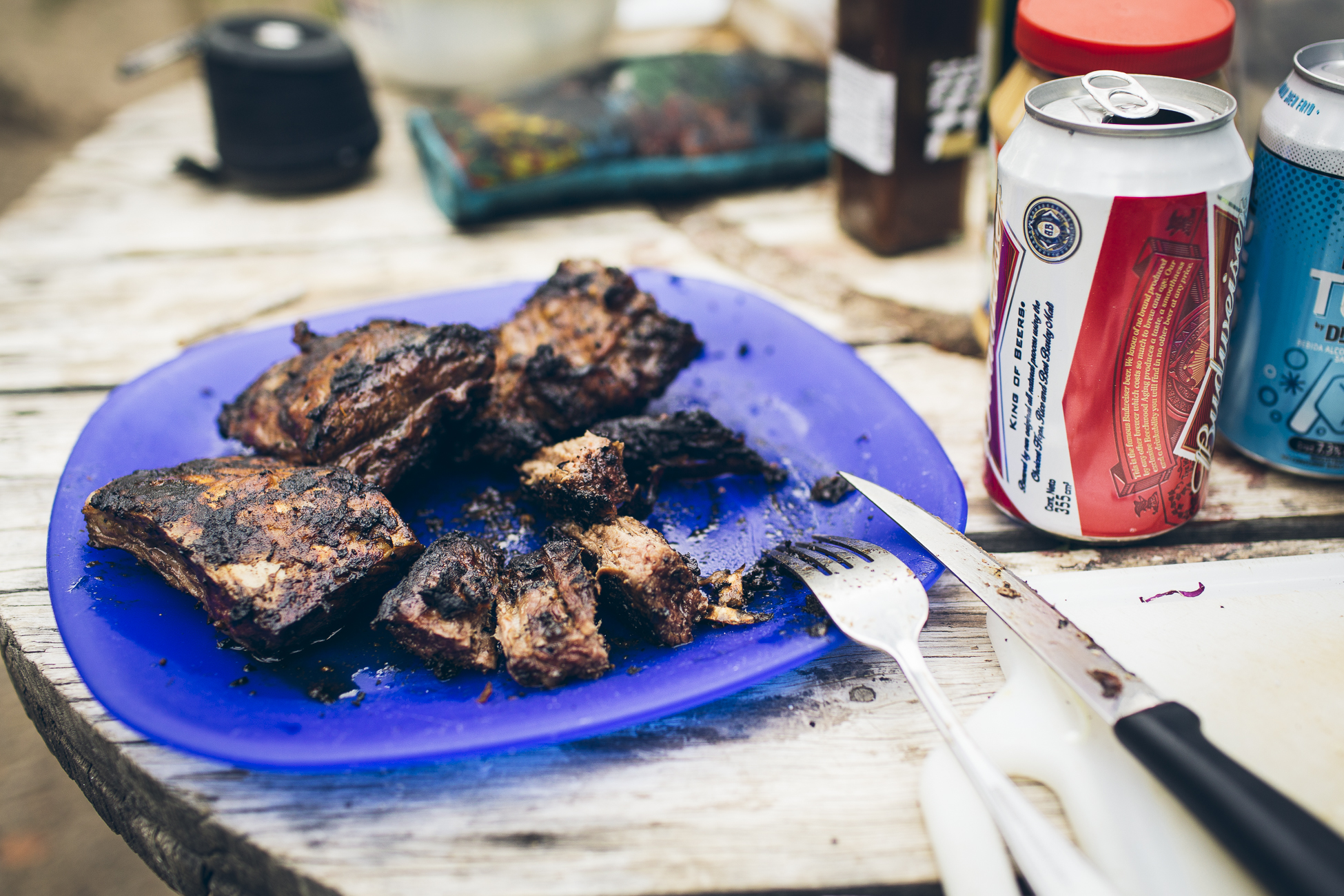

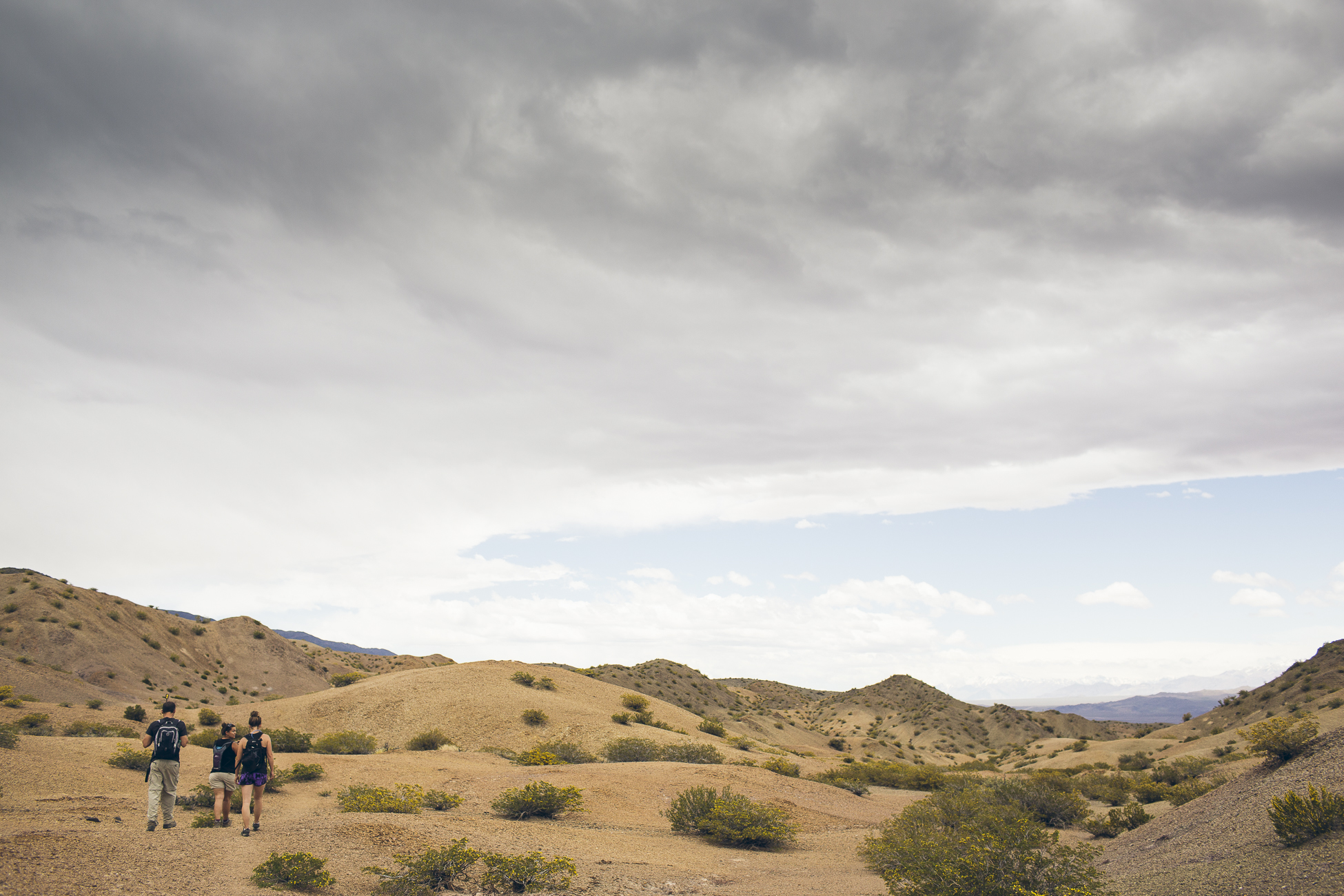
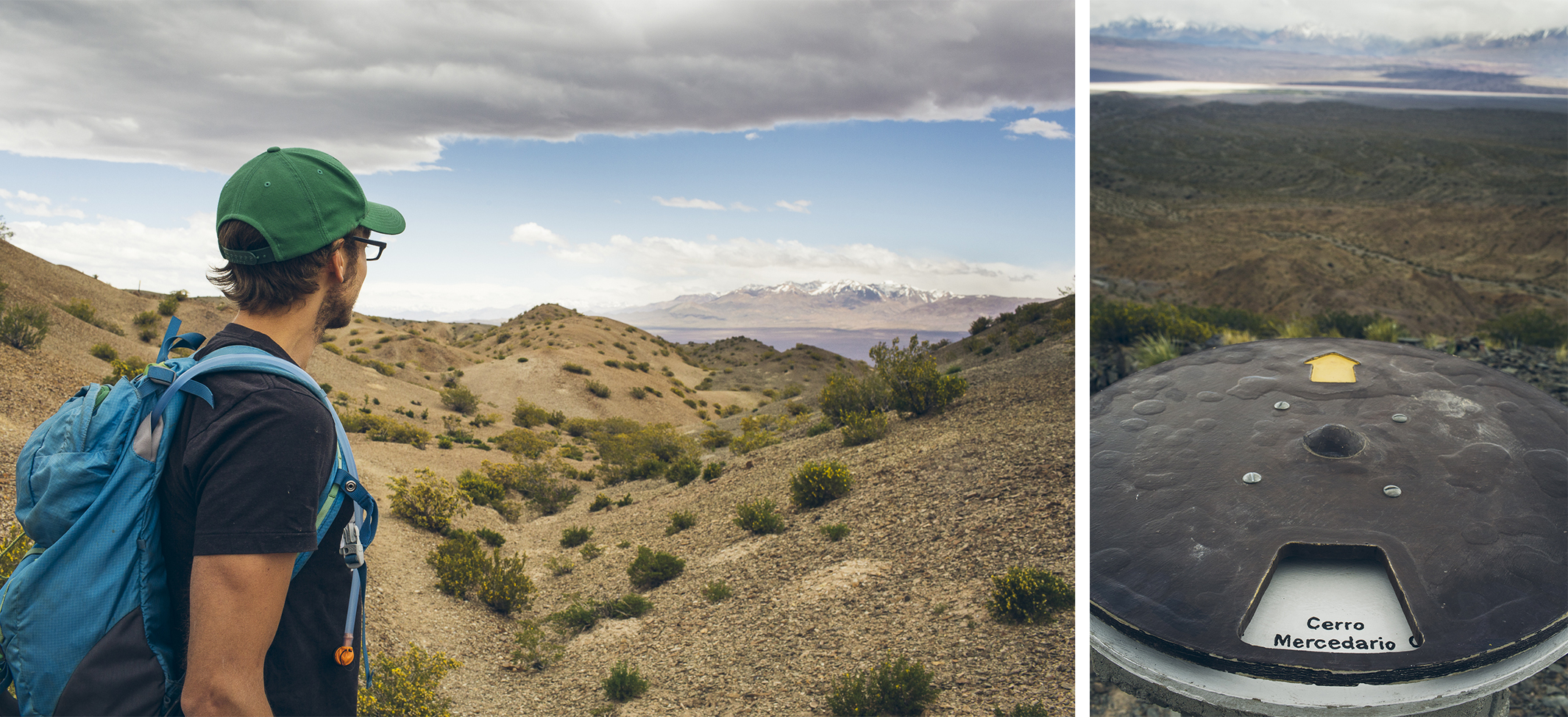
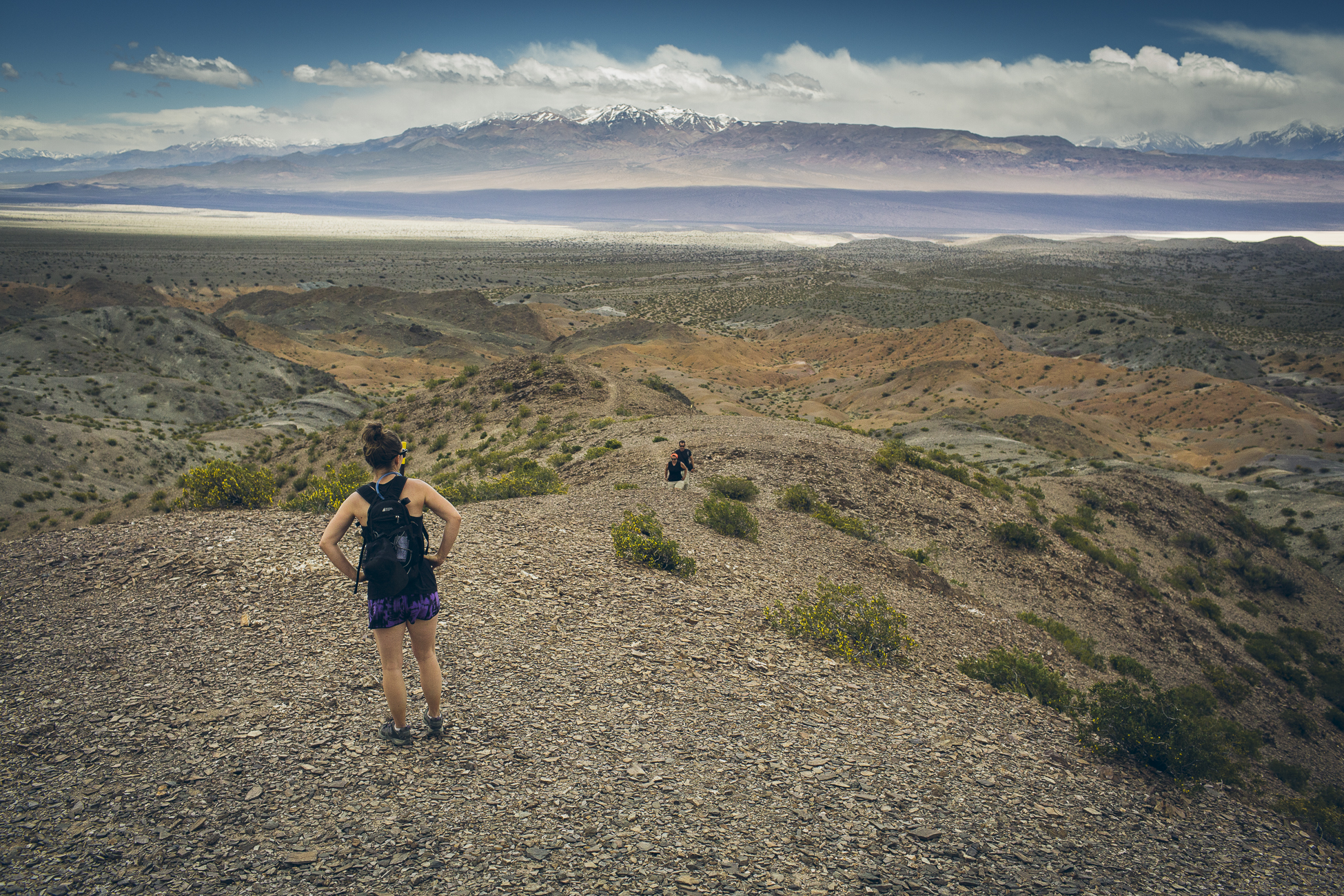
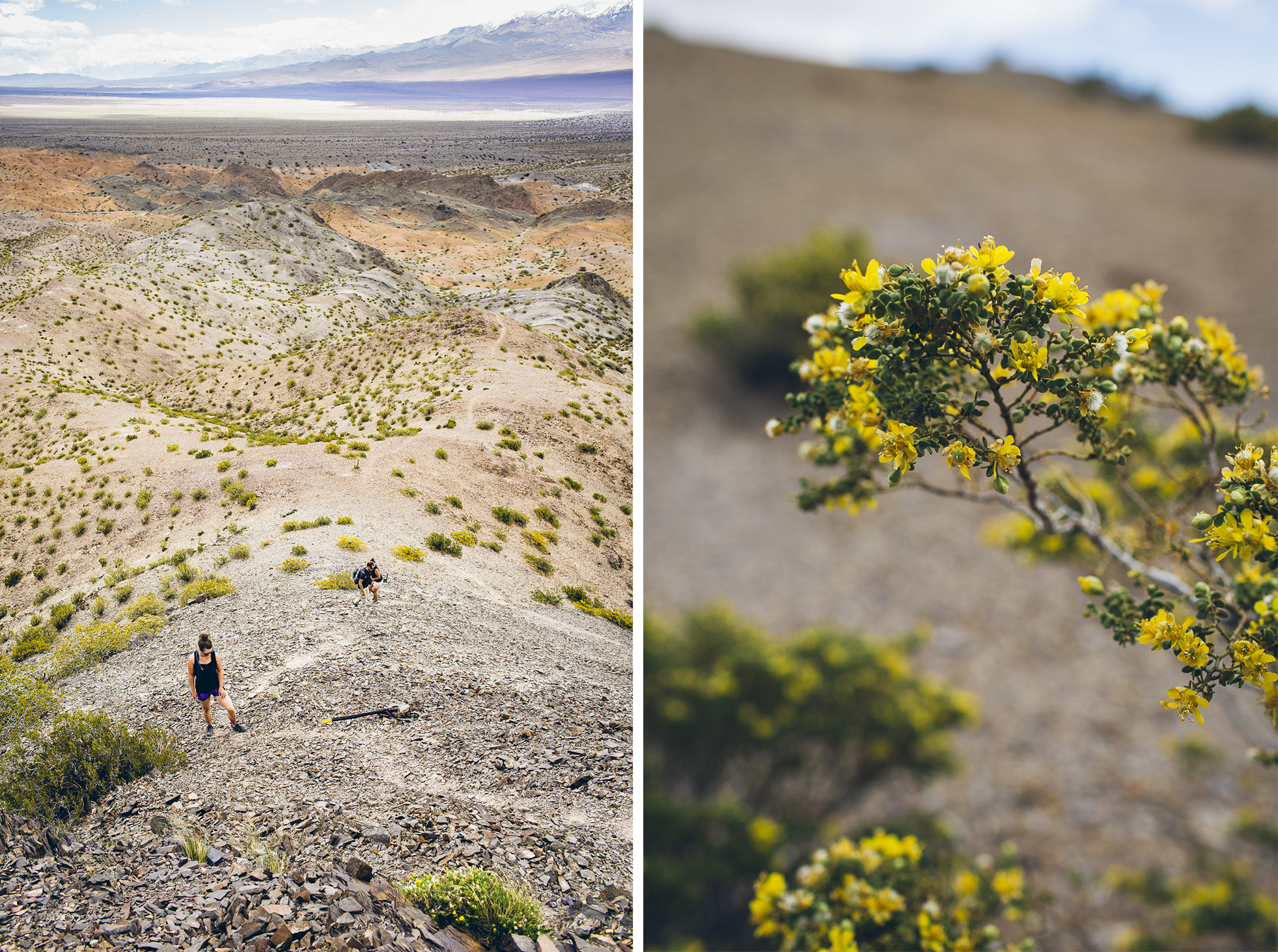
We took a tour through the Casleo Observatory and learned about the massive telescope inside, which spans three floors!

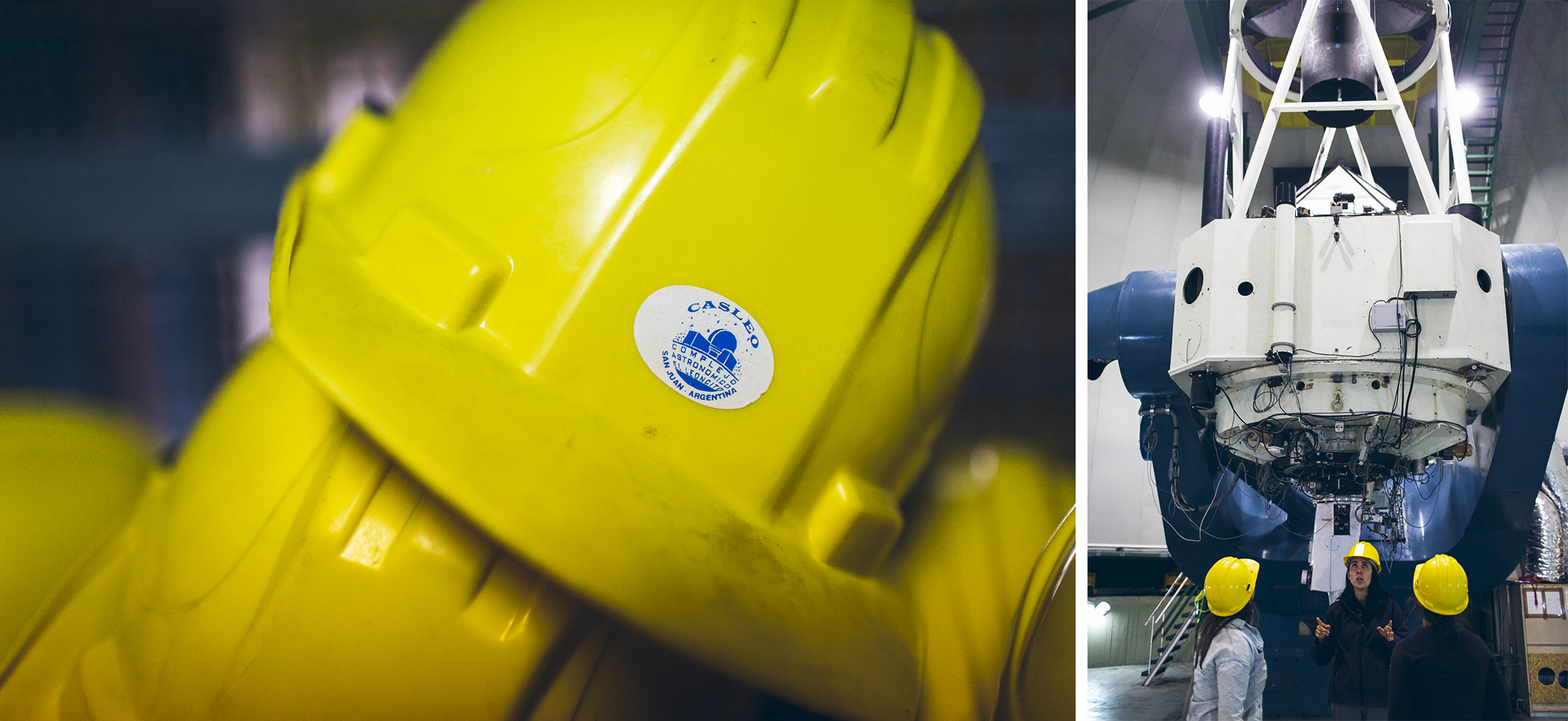
That night we gazed through an outdoor telescope and saw planets, nebulas, and big, gorgeous stars that looked like diamonds.
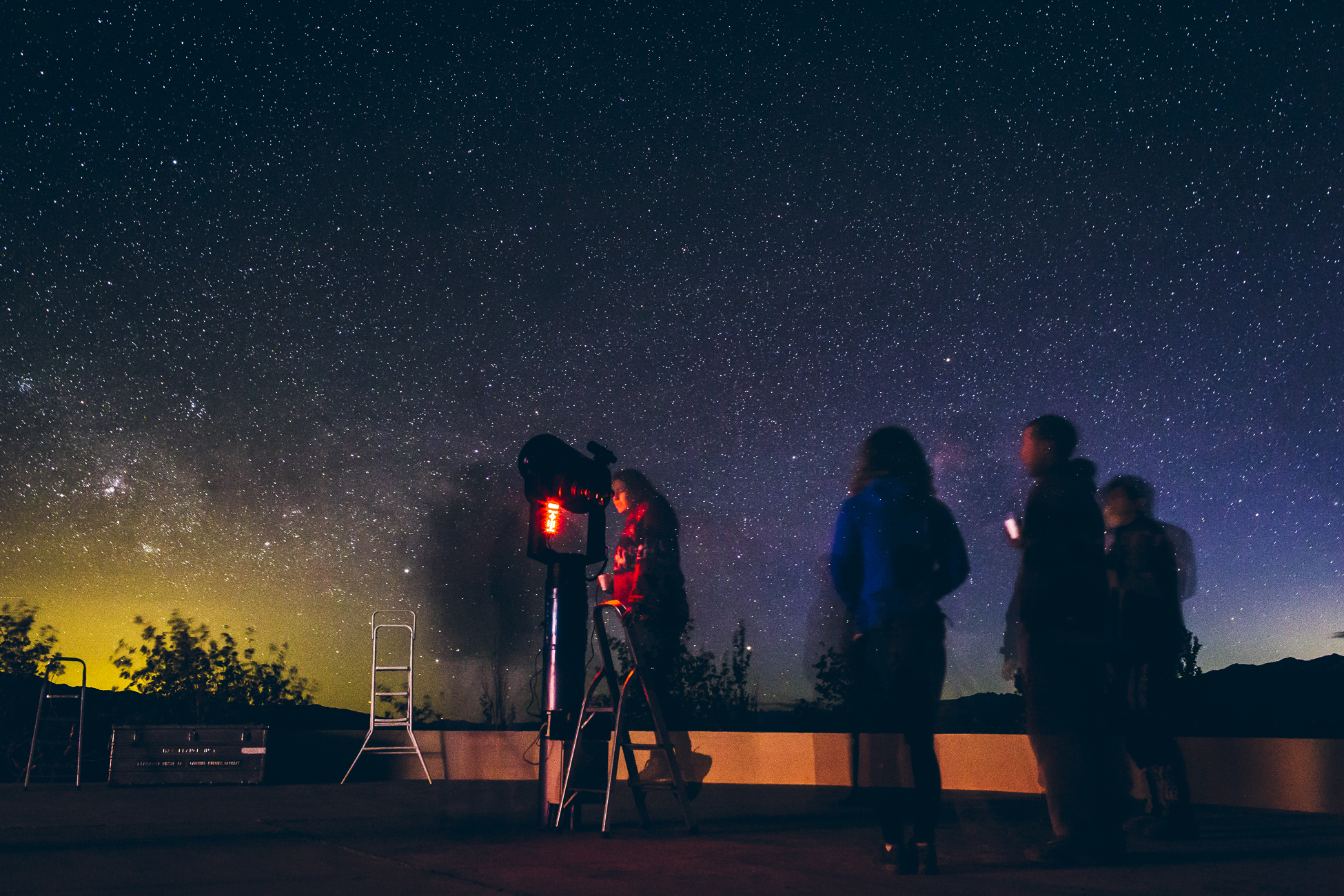
Seven Years in Tibet was filmed in this area of the Mendoza province. Apparently yaks were imported from Montana to the filming location, complete with individual passports and photos for each. The production team even recreated the Tibetan city of Lhasa in the Andean foothills.
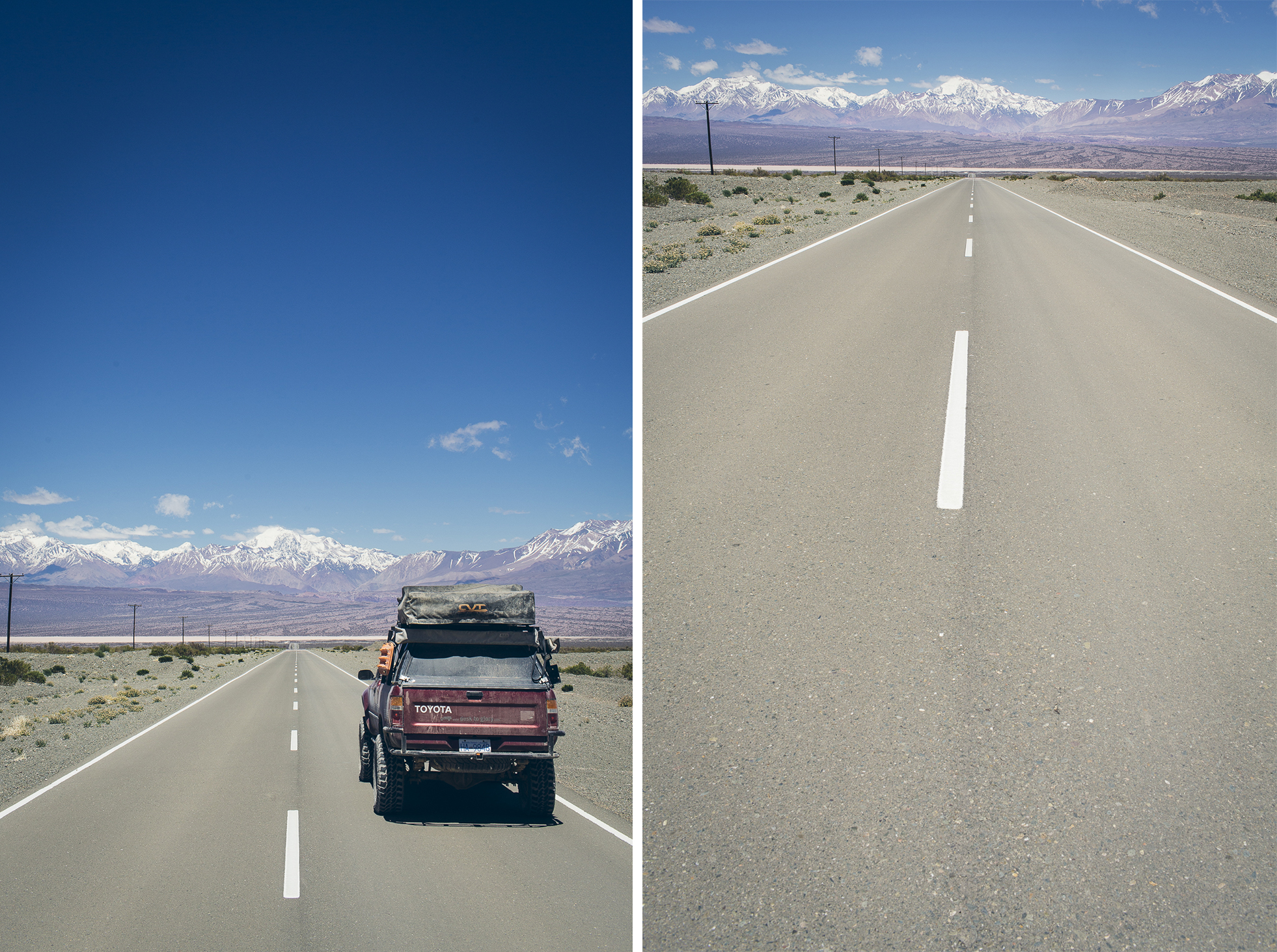

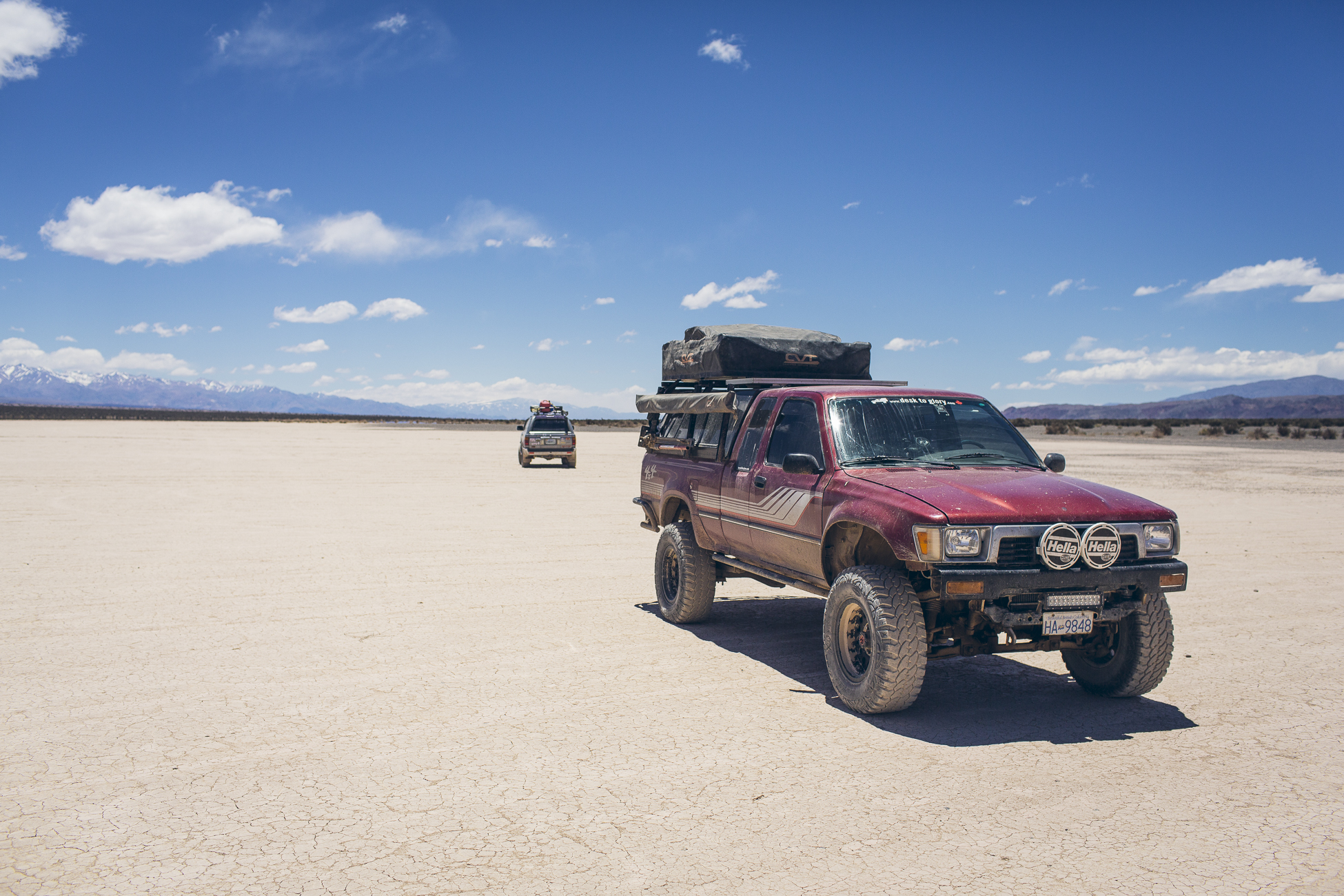
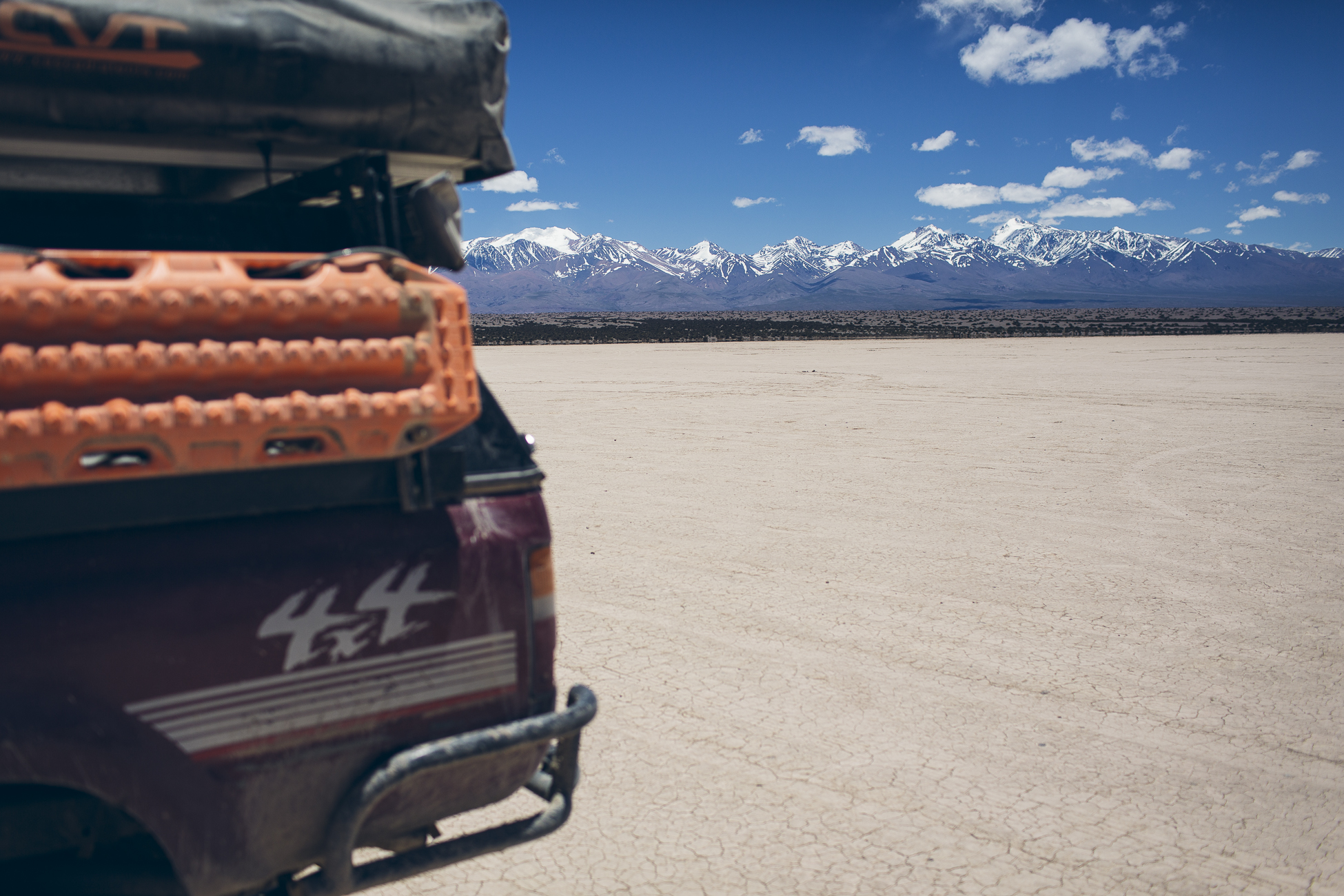
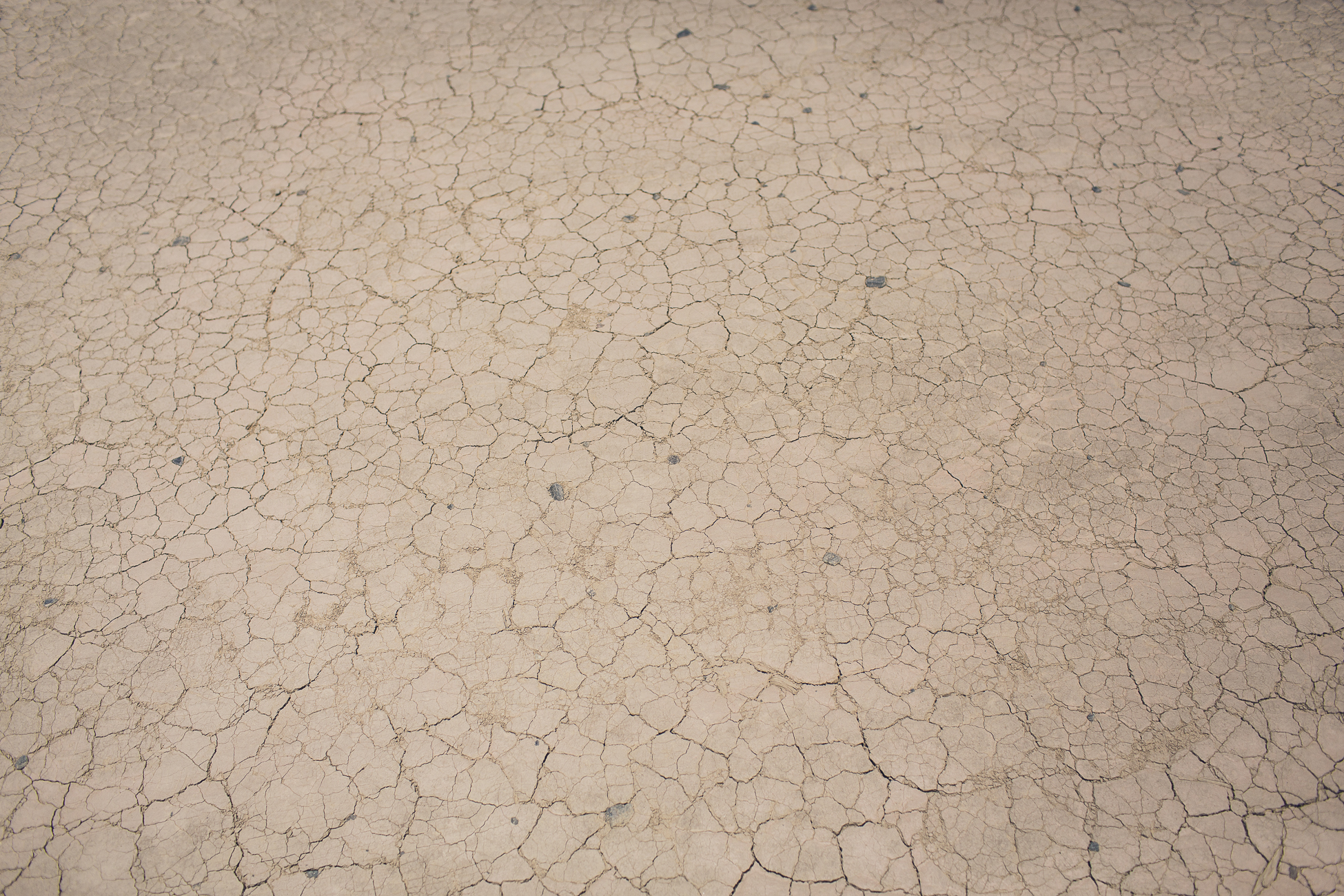
We spent our last night in the cute town of Uspallata, before heading towards the Argentina/Chile border the next morning.

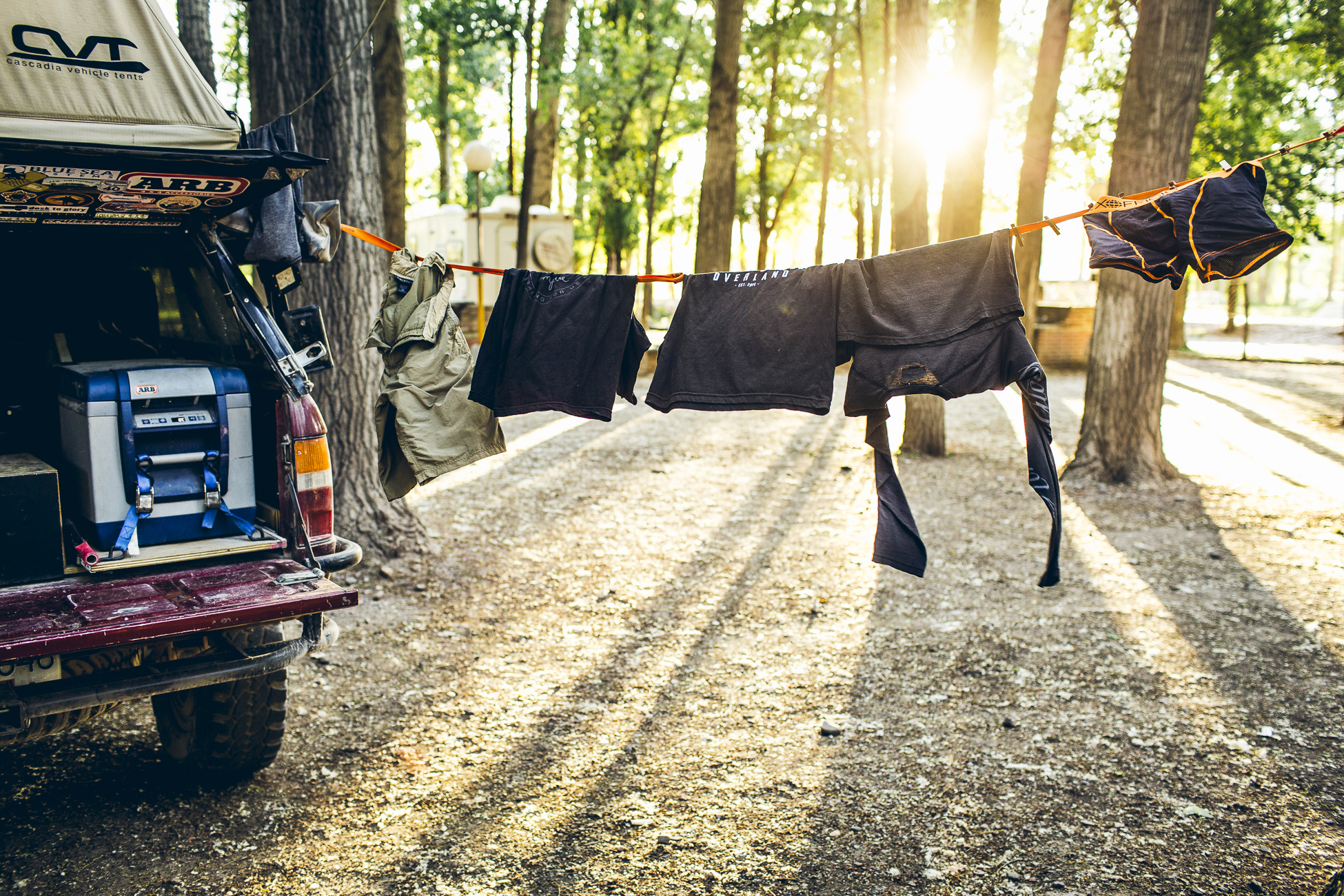
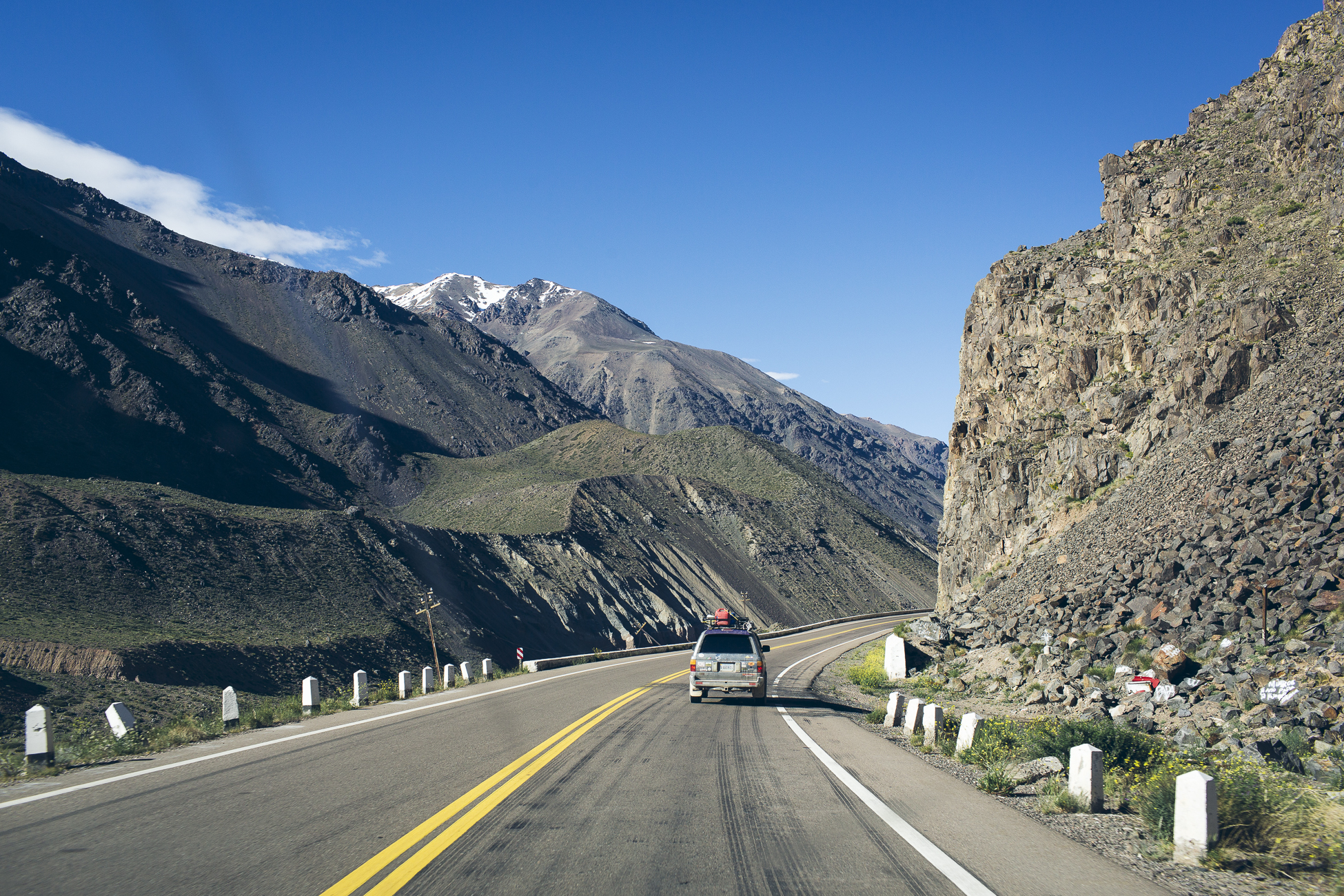
The Puente del Inca (Inca Bridge) is a natural arch formed by a collection of petrified sediment deposits. Charles Darwin visited the site in 1835. A natural spa hotel was constructed in the 1920’s due to the healing properties of the mineral-rich hot springs water. The hotel was destroyed by a landslide in 1965, but the ruins of the brick chapel still exist today.
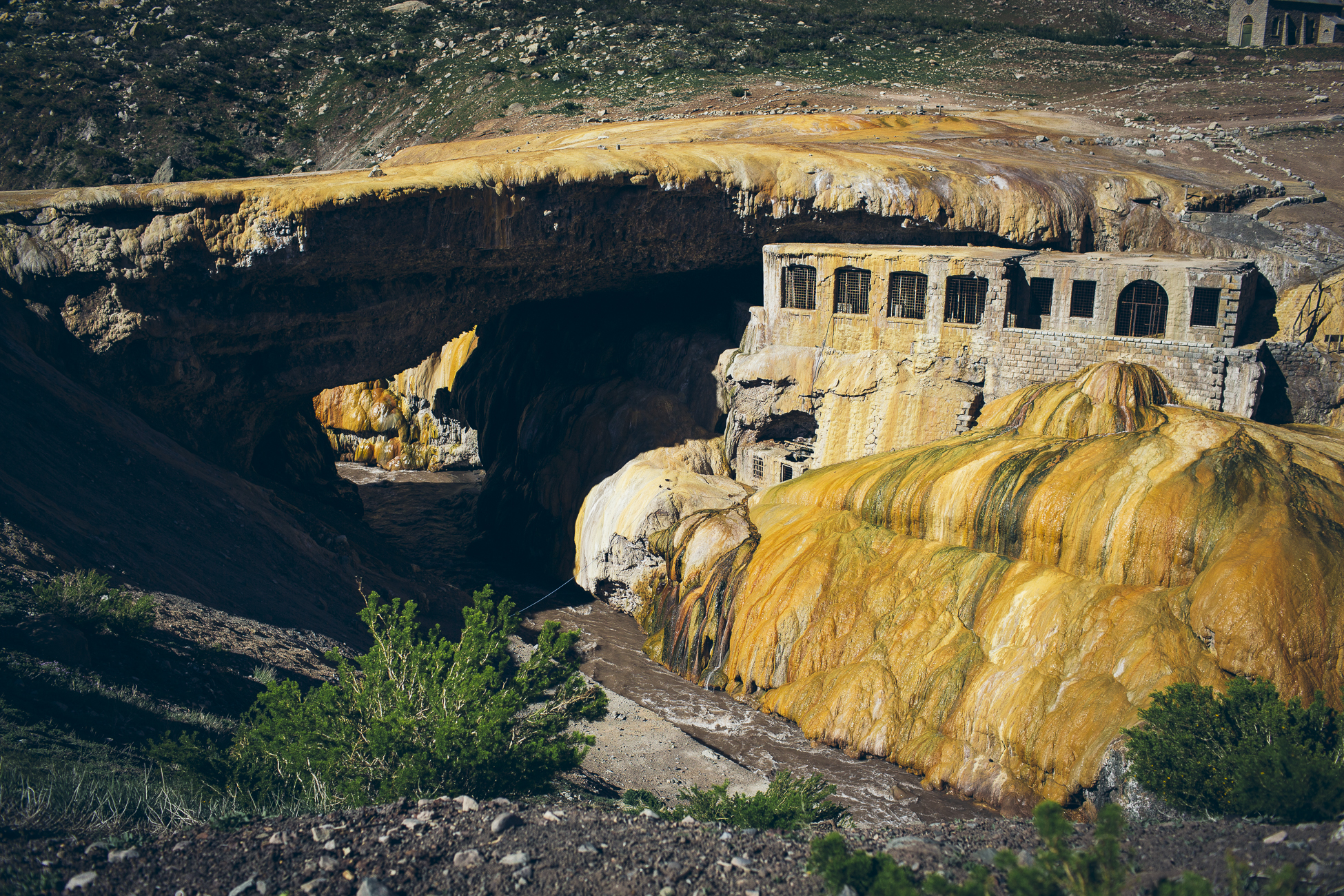
Continuing our scenic drive to the border, we took a quick walk to view Cerro Aconcagua, the highest mountain outside of Asia, AND the highest point in the Western and Southern hemispheres. It maxes out at a whopping 22,838 feet. I think we needed to get closer to really understand its grandeur… it didn’t look THAT high, but still beautiful nonetheless.

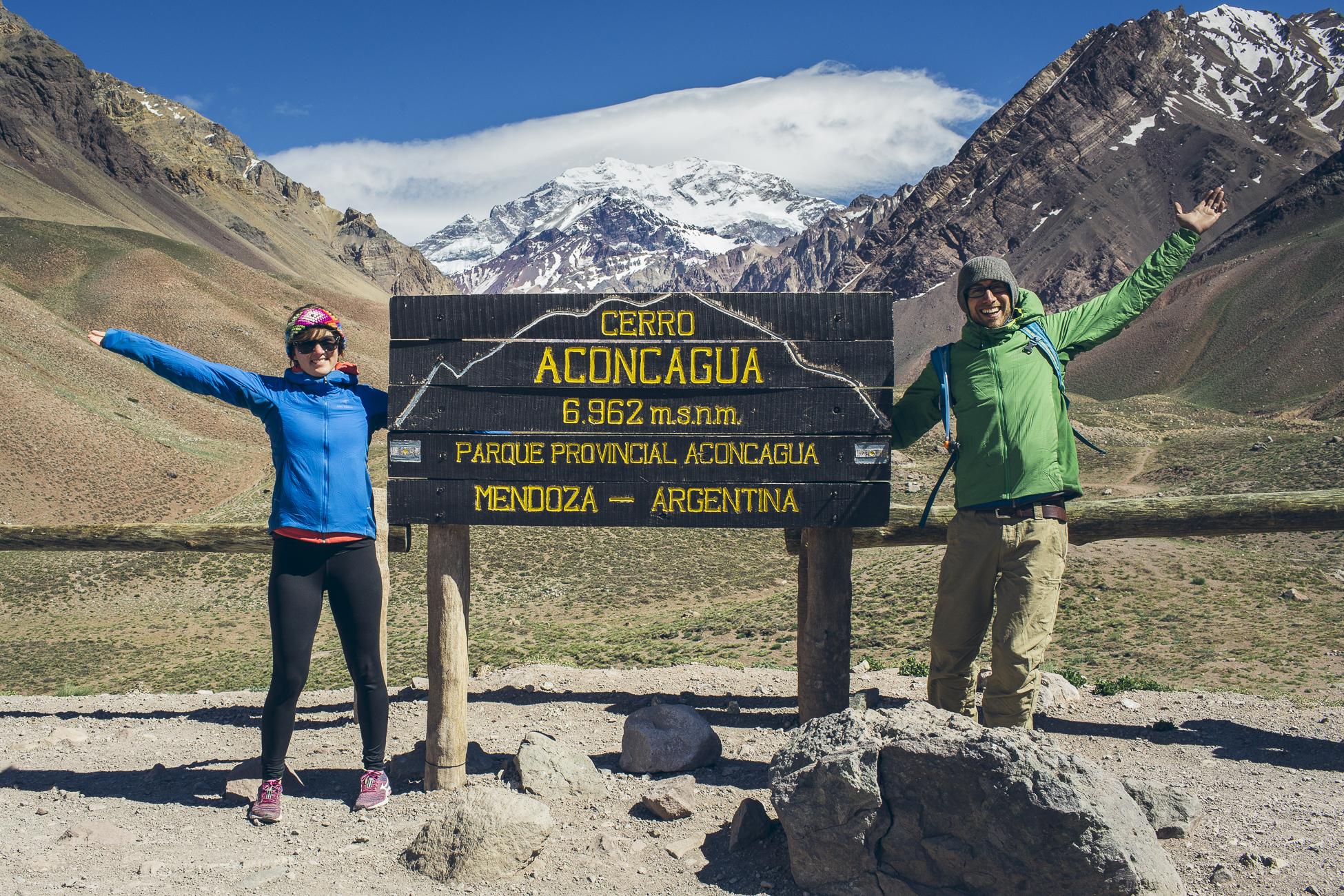
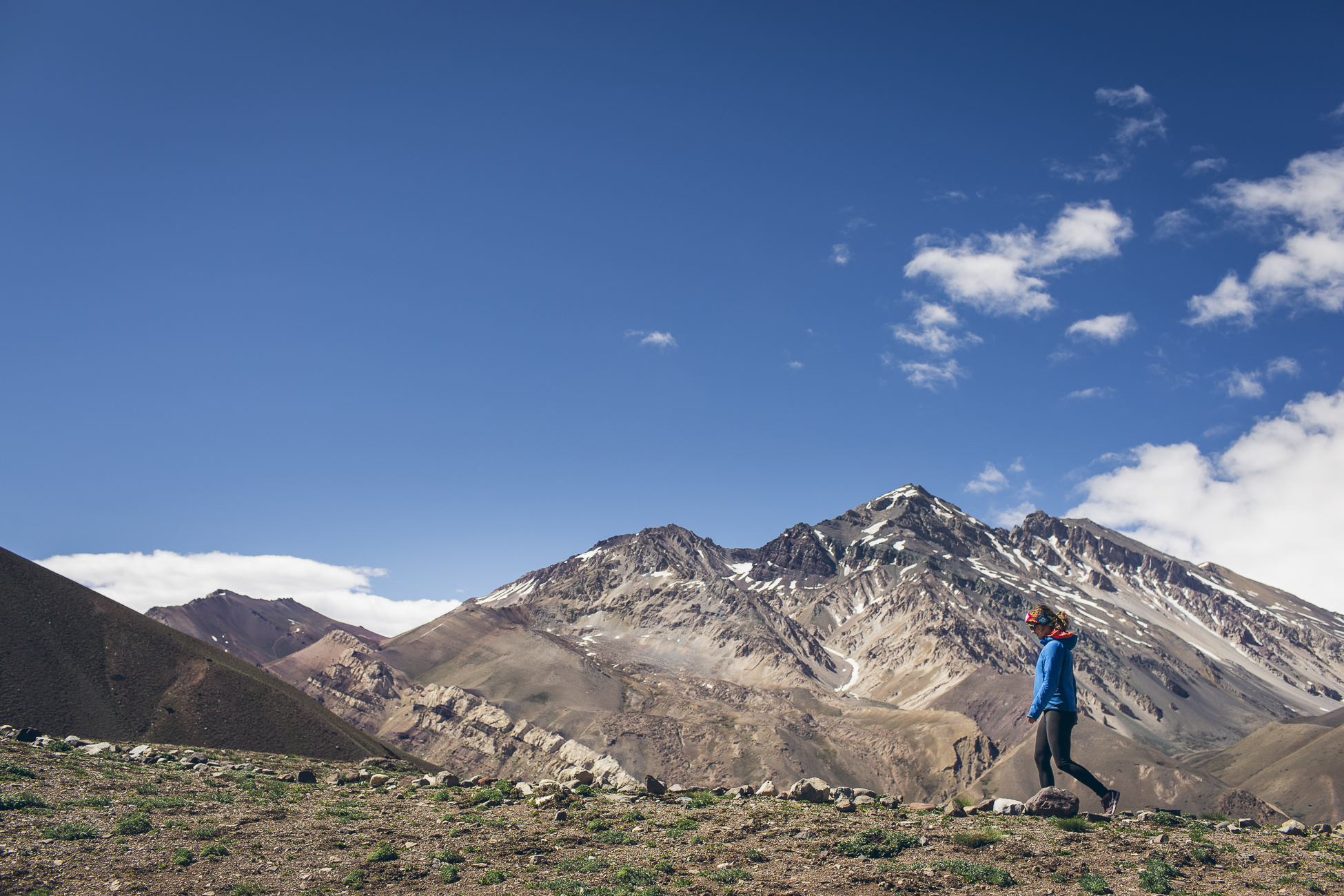
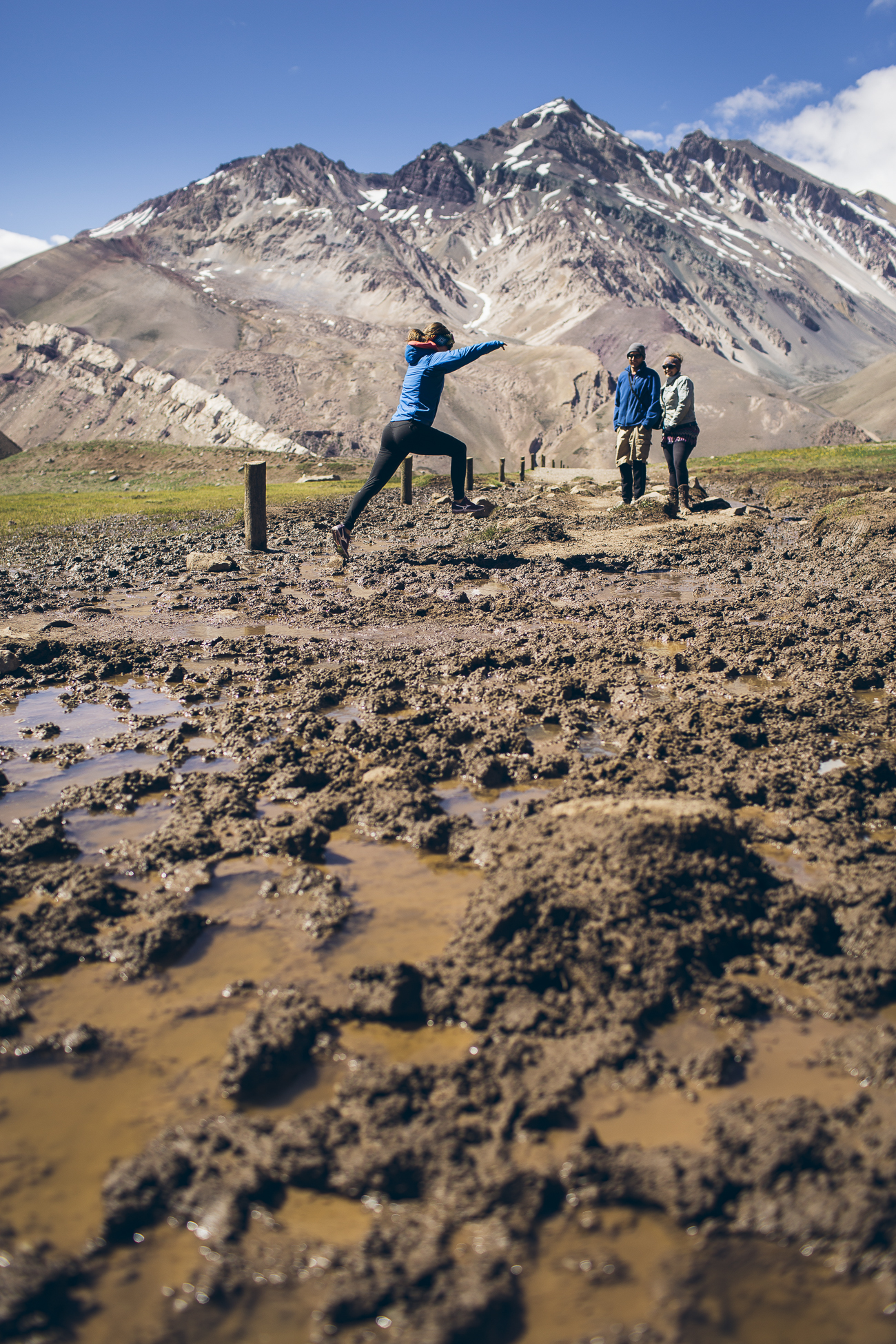
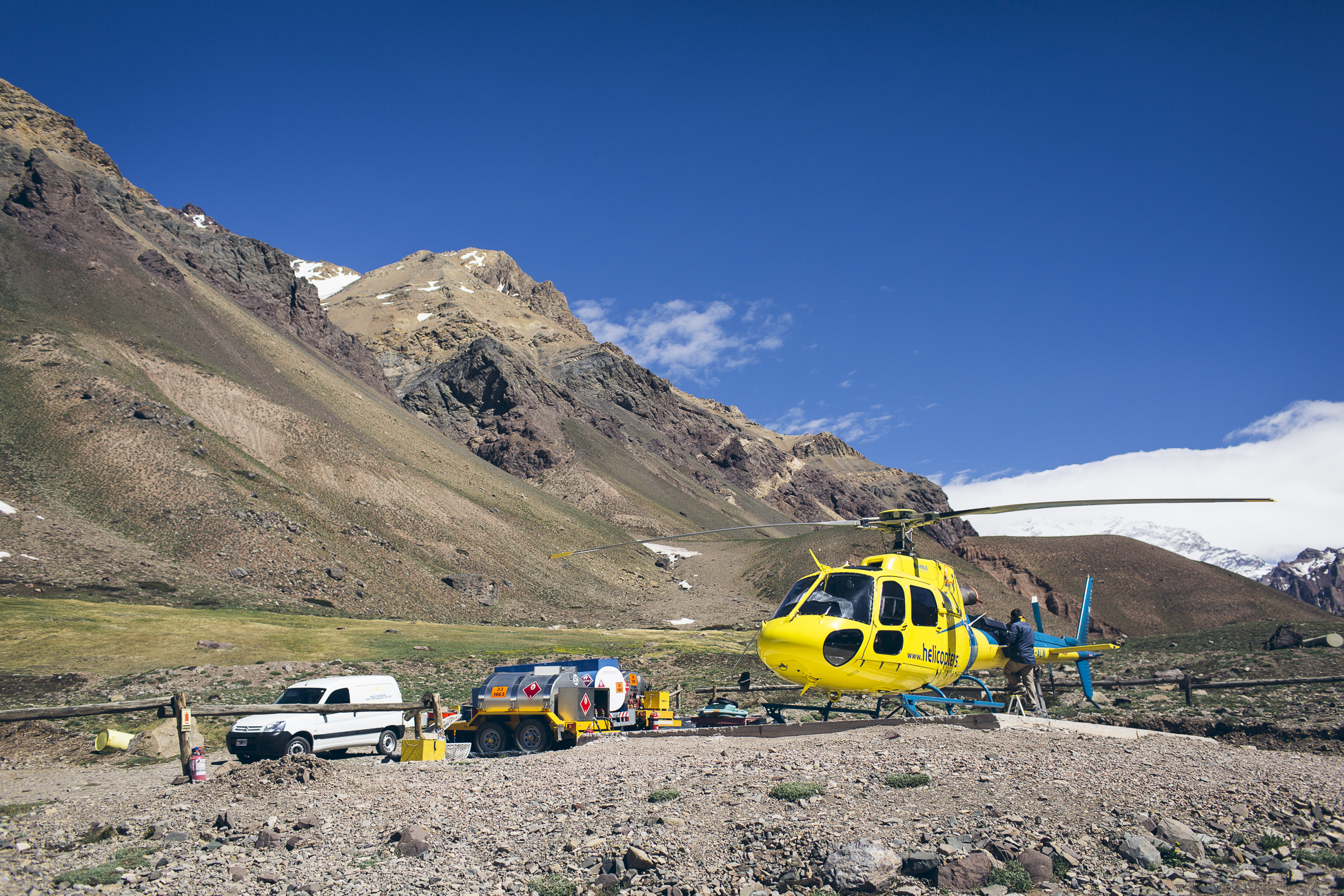
Off we go… Chile awaits. If it wasn’t so windy, we would have taken the chopper.

Hi
Stunning and can’t wait to get to South America – alas we still need to do some miles before!
Wowsers, so cool! I can’t wait to get to Salta – planning a trip there in September. What time of year were you there and in Mendoza?